Looking to build a stronger, more defined upper body with a workout for chest and shoulders? This article lays out a detailed routine that focuses on effective exercises and principles to maximize muscle growth and strength. Expect to learn about the best exercises, how to structure your workout, and keys to optimal recovery.
Key Takeaways
-
Combine chest and shoulder workouts for time efficiency and enhanced muscle engagement, promoting balanced upper body development.
-
Prioritize proper form and include a mix of compound and isolation exercises for comprehensive strength and hypertrophy gains.
-
Incorporate progressive overload strategies and maintain adequate nutrition and recovery for optimal muscle growth and performance.
Comprehensive Chest and Shoulder Workout Routine

A well-crafted chest and shoulder workout routine focuses on developing upper body strength through push-oriented exercises targeting both muscle groups. This workout plan is designed to cater to various fitness levels, making it adaptable whether you’re just progressing from an intermediate to an advanced lifter. Essential equipment for this routine includes an adjustable bench, a barbell, and dumbbells, providing versatility in exercises.
Varying exercises and adjusting weights regularly ensures muscle growth and strength. This helps in challenging the muscles while maintaining control throughout the workout. Aim for a structured program duration of 8 to 12 weeks to allow for sustainable growth and adaptation. Each workout should be spaced 24 to 72 hours apart, focusing on one muscle group earlier in the week and the other within the recommended timeframe.
For optimal results, aim for 10 to 12 sets per muscle group across your weekly workouts. Strength exercises should fall within a rep range of 5 to 8, while hypertrophy exercises aim for 8 to 12 reps for effective muscle engagement.
Remember to rest adequately between heavy lifts, such as barbell bench presses, with about 2 to 3 minutes of rest, and around 60 seconds for isolation exercises to keep up the intensity.
Key Benefits of Training Chest and Shoulders Together

Combining chest and shoulder workouts in a single session maximizes time efficiency, allowing you to get a comprehensive upper body workout without spending hours in the gym. This approach not only saves time but also enhances the effectiveness of both muscle groups due to their interrelated functions, promoting better muscle engagement.
Training these muscle groups together means they share similar recovery timelines, which allows for focused recovery and better overall muscle development. Engaging both muscle groups in the same session promotes greater hypertrophy and strength gains due to increased training volume and the use of compound exercises.
Moreover, this combined training approach helps in achieving a balanced upper body, improving posture and aesthetics. The synergy between chest and shoulder muscles means that when one group is being worked on, the other often plays a supportive role, ensuring comprehensive muscle engagement and growth.
Anatomy of Chest and Shoulder Muscles
A solid understanding of chest and shoulder muscle anatomy allows for effective targeting during workouts. The major muscle groups in the chest and shoulders include the pectoral muscles and deltoids.
Let’s delve into the specifics of each to understand their roles and how to train them effectively.
Chest Muscle Anatomy
The pectoralis major is the largest muscle in the chest, originating from various areas and responsible for multiple arm actions. It’s heavily involved in pushing and lifting movements, making it a key muscle for upper body strength. Strengthening the pectoralis major can significantly increase upper body muscle mass. Additionally, it improves overall functional abilities.
The pectoralis minor, a thin triangular muscle, stabilizes the scapula by pulling it downward. It’s crucial for pulling and reaching movements, keeping the shoulder blades steady. This muscle also counters slouching, promoting better posture and upper body alignment.
Other important muscles in the pectoral region include the serratus anterior, which assists in scapular movement crucial for actions like throwing, and the subclavius, which lowers the shoulder and protects vital blood vessels and nerves. Knowing these muscles and their functions is key to effectively targeting them during chest workouts.
Shoulder Muscle Anatomy
The deltoid muscle consists of three heads: the anterior, lateral, and posterior. The anterior deltoid is responsible for raising the arm forward, playing a significant role in various pushing movements. The lateral deltoid lifts the arm away from the body, contributing to shoulder width and upper body aesthetics.
The posterior deltoid pulls the shoulder back, essential for maintaining proper posture and balance. Well-developed rear deltoids not only enhance shoulder aesthetics but also ensure balanced muscle development, preventing common imbalances that can lead to injuries. Understanding the specific functions of each deltoid head helps in designing a balanced shoulder workout routine that targets all areas effectively.
Essential Exercises for Chest and Shoulder Workouts

A well-rounded chest and shoulder workout involves a mix of compound and isolation exercises to ensure balanced muscle development.
Let’s explore some of the essential exercises to include in your routine for optimal results.
Barbell Bench Press
The barbell bench press is a foundational exercise for upper body strength, effectively working the chest, triceps, and shoulders. This exercise primarily targets the pectoralis major, pectoralis minor, and anterior deltoids, making it a staple in any chest and shoulder workout routine. The flat barbell bench press, often considered the king of upper body exercises, requires correct positioning and form to maximize its benefits.
Utilizing a pyramid training system for bench press sets can effectively build strength and muscle mass. This involves starting with lighter weights and higher reps, gradually increasing the weight while reducing the reps.
The primary benefit of the bench press is its ability to target the chest and anterior deltoids without needing additional exercises. The flat bench primarily focuses on the lower pectoralis muscles, making it essential for a balanced chest workout.
Dumbbell Incline Bench Press
The dumbbell incline bench press is an excellent exercise for emphasizing the upper chest and promoting muscle growth. Setting the incline bench at around 30 degrees targets the upper head of the pectoralis major and engages the anterior deltoids effectively. Ensuring that the elbows are positioned at a 45-degree angle to the torso helps maintain proper form and prevent injuries.
Dumbbells offer a greater range of motion and more natural movement compared to barbells, making them beneficial for the incline bench press. However, avoid setting the incline bench much higher than 30 degrees, as this can shift the focus from the chest to the front shoulders, reducing the effectiveness of the chest workout.
Arnold Press
The Arnold press is a unique shoulder exercise that effectively engages all heads of the deltoid. Unlike traditional shoulder presses, the Arnold press targets the anterior, lateral, and posterior deltoids, making it an excellent addition to any shoulder workout routine. This comprehensive engagement ensures balanced development and enhances shoulder aesthetics and strength.
The Arnold press significantly improves shoulder muscle development and functional strength when included in your workout program. Its dynamic movement pattern not only builds muscle but also enhances coordination and stability, making it a valuable exercise for overall shoulder conditioning.
Dumbbell Fly
The dumbbell fly is a fantastic exercise for targeting the chest muscles, particularly when equipment like a cable crossover machine isn’t available. Adjusting the bench angle can focus on different parts of the chest; a flat bench will target the lower chest, while an incline bench emphasizes the upper chest.
When performing dumbbell flyes, it’s important to maintain a slight bend in the elbows to reduce strain on the joints. This exercise should be performed slowly and with control to maximize muscle engagement and growth. The movement stretches the chest muscles at the bottom and contracts them at the top, creating an effective range of motion for muscle building.
Including dumbbell flyes in your chest and shoulder workouts ensures a balanced approach to chest development. This exercise complements pressing movements by focusing on muscle isolation, leading to a fuller and more defined chest.
Lateral Raise
Lateral raises are essential for targeting the lateral deltoids, which contribute significantly to shoulder width and upper body aesthetics. This exercise involves lifting dumbbells to the sides with a slight bend in the elbows, focusing on raising the weights with the shoulder muscles rather than using momentum.
For best results, use lighter weights to maintain proper form and avoid injury. The goal is to raise the weights until they are at shoulder height, ensuring that the movement is controlled both on the way up and down. This slow and deliberate motion maximizes muscle tension and growth.
Dumbbells in lateral raises target each side individually, promoting balanced development and a greater range of motion. This exercise is a staple in shoulder workouts, helping to create well-rounded and defined shoulders.
Push-Up Variations
Push-ups are a versatile exercise with endless variations, making them suitable for all fitness levels. For beginners, the classic push-up is a great starting point, while the kneeling push-up offers a modified version for those who need it. These variations effectively target the chest, triceps, and shoulders, making them a valuable addition to any upper body workout.
Advanced variations like the clap push-up and close-grip push-up provide additional challenges and muscle engagement. The clap push-up, for instance, targets the pectoralis major, pectoralis minor, and front deltoids, while the close-grip push-up focuses more on the pectoralis minor.
Different push-up variations in your routine ensure comprehensive chest and shoulder engagement. This not only enhances muscle growth but also improves overall upper body strength and endurance.
Structuring Your Chest and Shoulder Workout Routine

The order of exercises in your chest and shoulder workout can significantly affect your performance and results. Typically, larger muscle groups should be trained first, followed by smaller ones. This approach ensures that the primary muscles are fully engaged and fatigued before moving on to supporting muscles.
Incorporating a variety of exercises not only enhances overall upper body functionality but also reduces the risk of injuries. By mixing compound movements with isolation exercises, you can achieve balanced muscle development and prevent plateaus.
Warm-Up and Injury Prevention
Warming up is a critical step in preparing for any workout, especially for chest and shoulder routines. A proper warm-up increases blood flow to the muscles, enhances flexibility, and reduces the risk of injuries. Dynamic stretching and mobility exercises are recommended to prepare the shoulder joints for pressing movements.
Strengthening the rotator cuff is particularly important for preventing injuries, as this group of muscles stabilizes the shoulder joint and is vital for arm movements. Including specific rotator cuff exercises in your warm-up routine can help in maintaining shoulder health.
A balanced weekly plan should also include rest days to allow for recovery between workouts. Rest is essential for muscle repair and growth, ensuring that you can continue to train effectively without overloading your muscles.
Progressive Overload Strategies
Progressive overload is the key to consistent gains in any chest and shoulder workout. This principle involves gradually increasing the stress placed on the muscles by adding more weight, increasing the number of sets or reps, or modifying the exercises to make them more challenging.
Once you reach your maximum sets and reps for an exercise, it’s time to increase the weight to continue progressing. Incorporating a pyramid training approach, where you start with lighter weights and higher reps and gradually increase the weight while reducing the reps, can enhance performance in bench press workouts.
Regularly assessing your strength levels and workout performance helps in identifying areas that need improvement and keeps motivation high. This practice ensures that your training plan is continuously adjusted for better results.
Sample Weekly Workout Plan
For optimal muscle growth, training frequency typically involves two to four sessions per week. A suggested workout split for even muscle group growth is a 6-day split, with each routine performed twice per week. This ensures that all muscle groups receive adequate training and recovery time.
Integrate key shoulder exercises such as the Arnold Press, Lateral Raise, and various Push-Up Variations into your plan. These exercises, combined with compound movements like the barbell bench press and dumbbell incline bench press, provide a comprehensive workout for the chest and shoulders.
Including leg workouts and back and biceps workouts alongside your chest and shoulder training ensures a balanced regimen. This holistic approach not only promotes overall muscle development but also prevents imbalances that could lead to injuries.
Additional Tips for Maximizing Upper Body Strength and Size

Improving upper body strength through chest and shoulder workouts not only enhances physical appearance but also boosts confidence and capability.
Here are some additional tips to further maximize your upper body strength and size.
Nutrition and Recovery
Proper nutrition and recovery strategies are crucial for enhancing muscle growth and achieving strength gains. Adequate protein intake is essential for muscle repair and growth after workouts. Prioritizing protein intake post-workout can maximize muscle recovery and growth.
In addition to protein, ensure that your diet includes a balance of carbohydrates and healthy fats to provide the necessary energy for your workouts and recovery. Staying hydrated and getting enough sleep are also vital components of a recovery strategy, supporting overall muscle function and growth.
Active recovery techniques like light stretching or yoga reduce muscle soreness and improve flexibility. These practices, combined with proper nutrition, create an environment conducive to continuous muscle growth and strength gains.
Incorporating Compound Movements
Effective chest and shoulder workouts often combine compound movements like bench presses with isolation exercises such as lateral raises. Compound movements engage multiple muscle groups simultaneously, enhancing functional strength and stability for daily activities. Incorporating chest exercises can further enhance your routine.
Exercises like the seated dumbbell shoulder press allow for maximum overload with heavy weights, promoting muscle hypertrophy and strength. This combination of compound and isolation exercises ensures well-rounded muscle development and prevents common mistakes like neglecting the rear deltoids.
Tracking Progress
Tracking your workout progress is essential to ensure that you are consistently applying the principle of progressive overload. Using a workout log allows you to track sets, reps, weights, and any modifications to your exercises, helping you stay on track and achieve your goals effectively.
Updating your workout log regularly helps identify strengths and weaknesses, allowing adjustments for continuous improvement. This practice keeps you motivated and ensures that your training plan remains effective over time.
Summary
In summary, a well-structured chest and shoulder workout routine is essential for achieving upper body strength and size. By combining push-oriented exercises, understanding the anatomy of the muscles, and incorporating a variety of essential exercises, you can target these muscle groups effectively and efficiently.
Remember to focus on proper form, progressive overload, and adequate recovery to maximize your gains. With the knowledge and strategies outlined in this guide, you are well-equipped to transform your upper body and achieve your fitness goals. Keep pushing forward, stay consistent, and celebrate your progress along the way.
Frequently Asked Questions
How often should I perform chest and shoulder workouts?
To maximize your muscle growth, aim to train your chest and shoulders two to four times a week, adjusting based on your fitness level and recovery. You'll see great results with consistency and dedication!
What is the best exercise to start with in a chest and shoulder workout?
The barbell bench press is the best exercise to start with for targeting your chest and shoulders effectively, so don't hesitate to include it in your routine! It's time to build strength and achieve those fitness goals!
How can I prevent shoulder injuries during workouts?
To prevent shoulder injuries during workouts, focus on warming up thoroughly, strengthening your rotator cuff, and practicing proper form to avoid overload. Remember, a little attention to detail can go a long way in keeping your shoulders safe and strong!
What are some effective push-up variations for different fitness levels?
To get the most out of your push-up routine, beginners should start with classic or kneeling push-ups, while those at advanced levels can tackle clap push-ups and close-grip variations for a greater challenge. Embrace these variations to enhance your strength and keep progressing!
How important is nutrition for muscle growth?
Nutrition is essential for muscle growth, as adequate protein intake supports muscle repair and development. By prioritizing your post-workout nutrition, you can significantly boost recovery and maximize your gains!

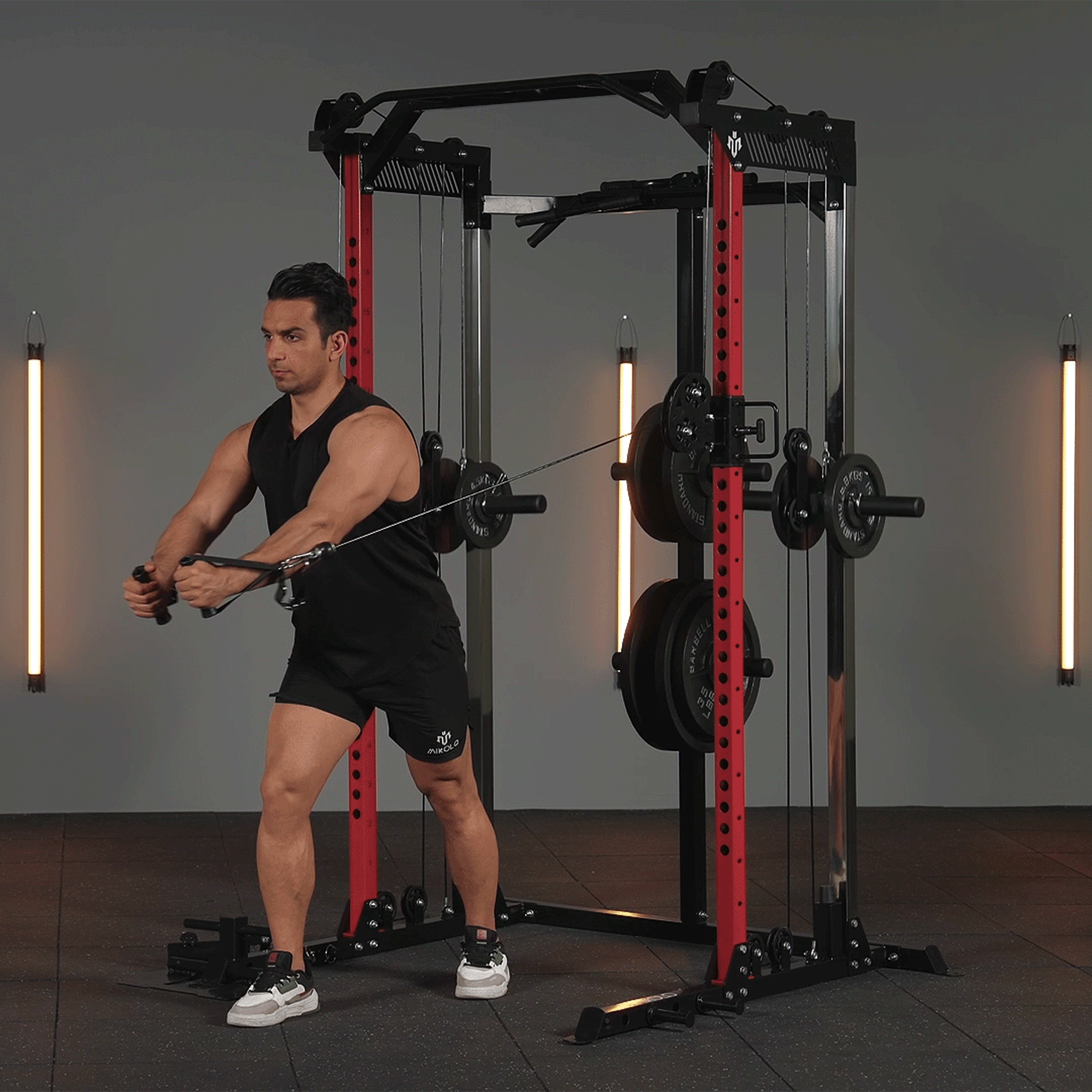
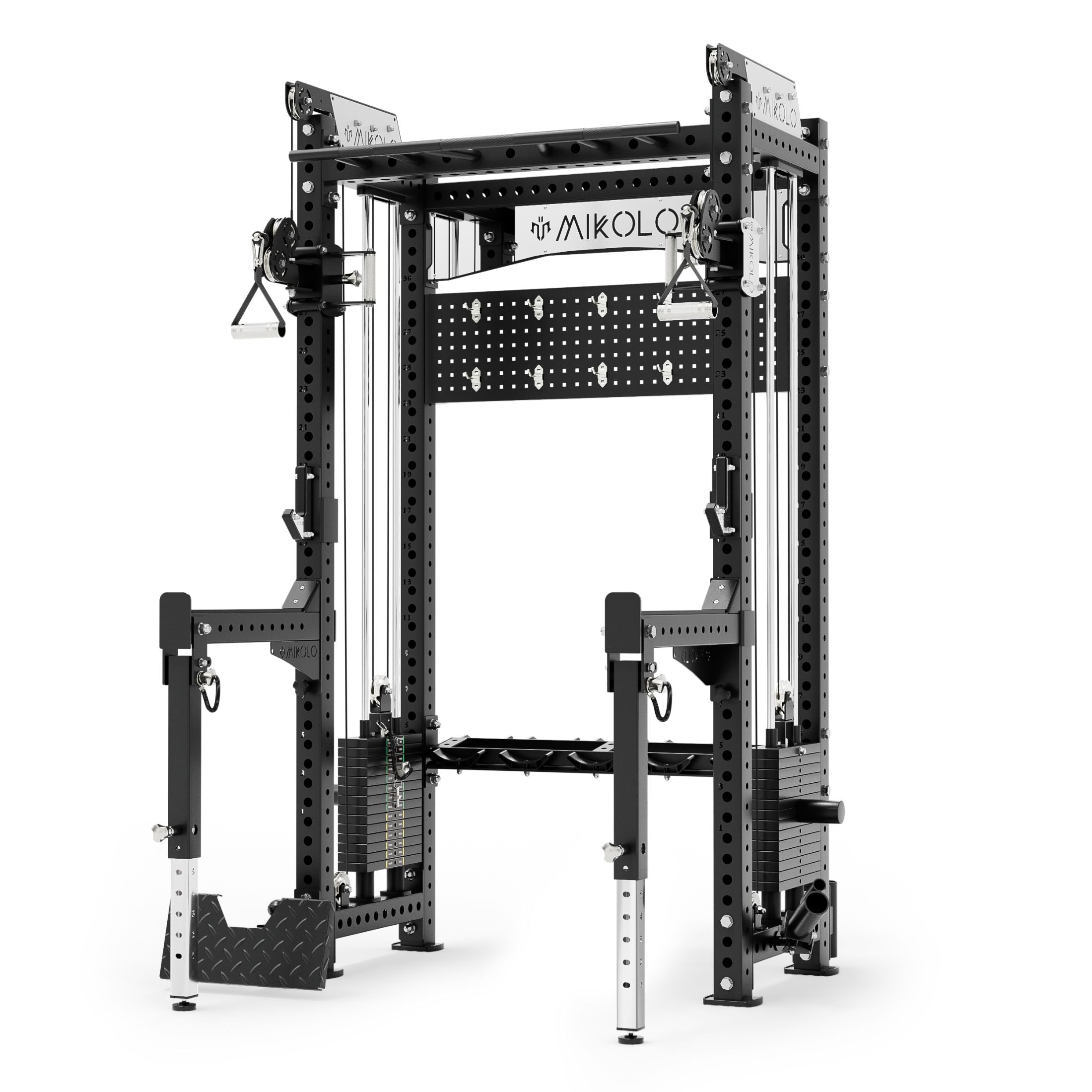
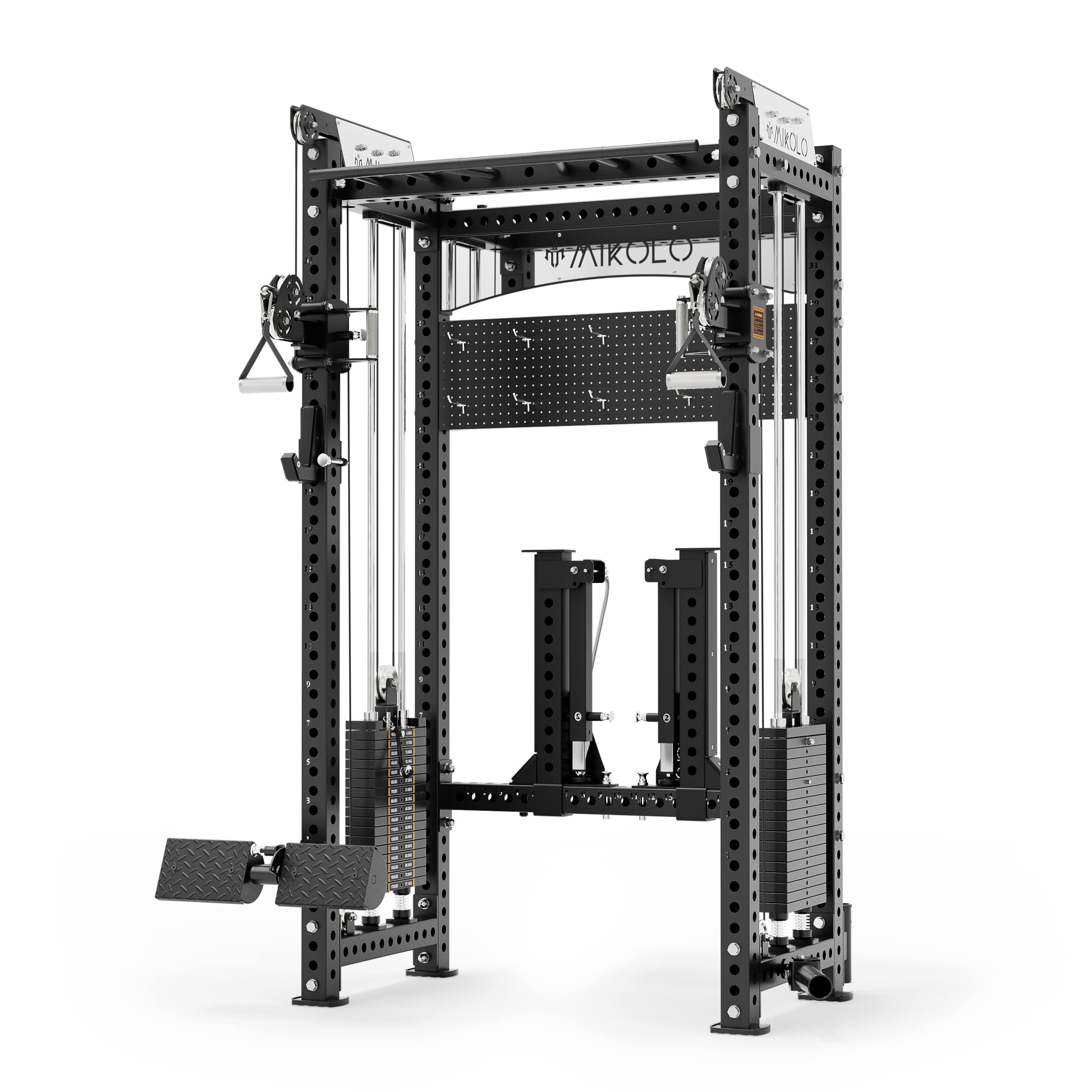
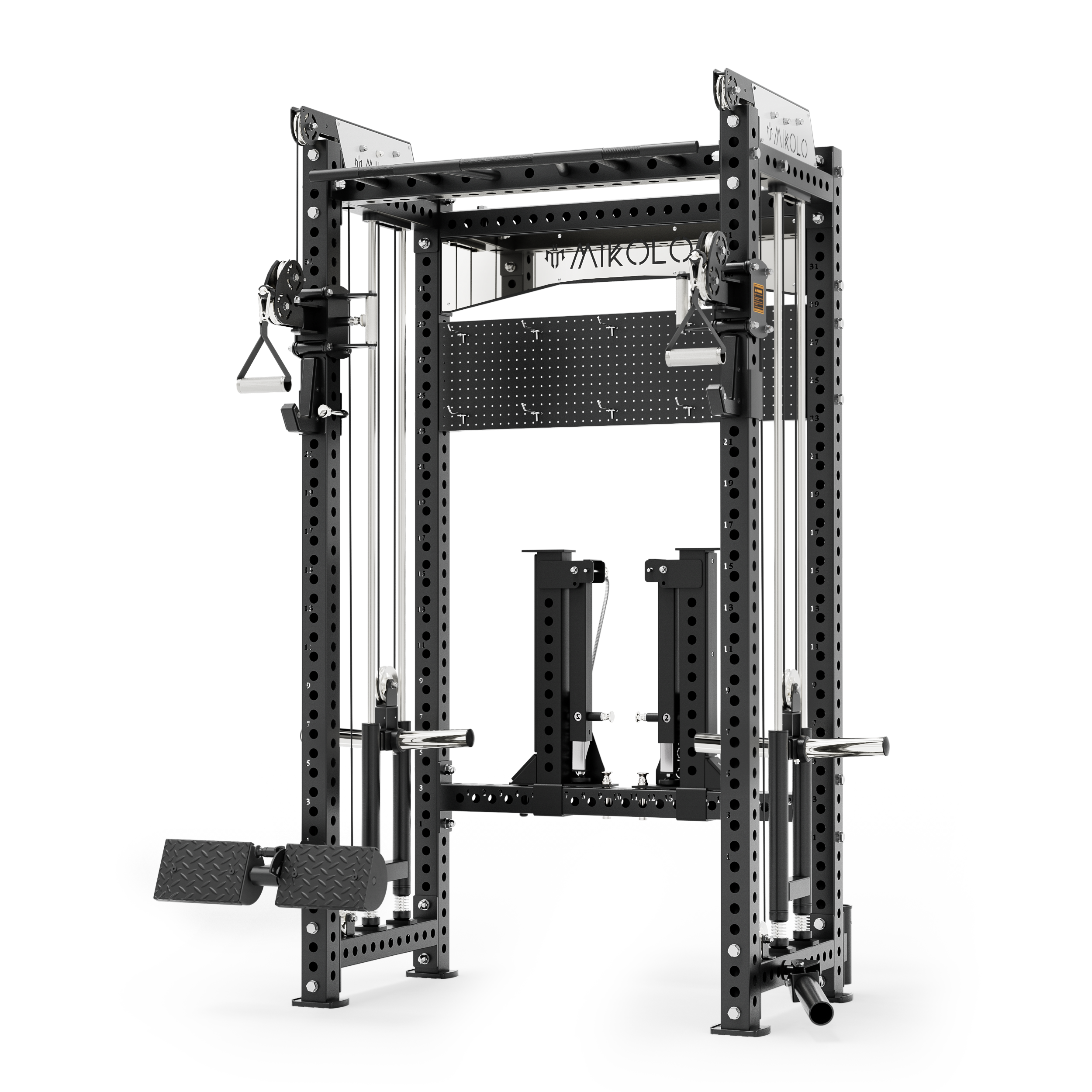
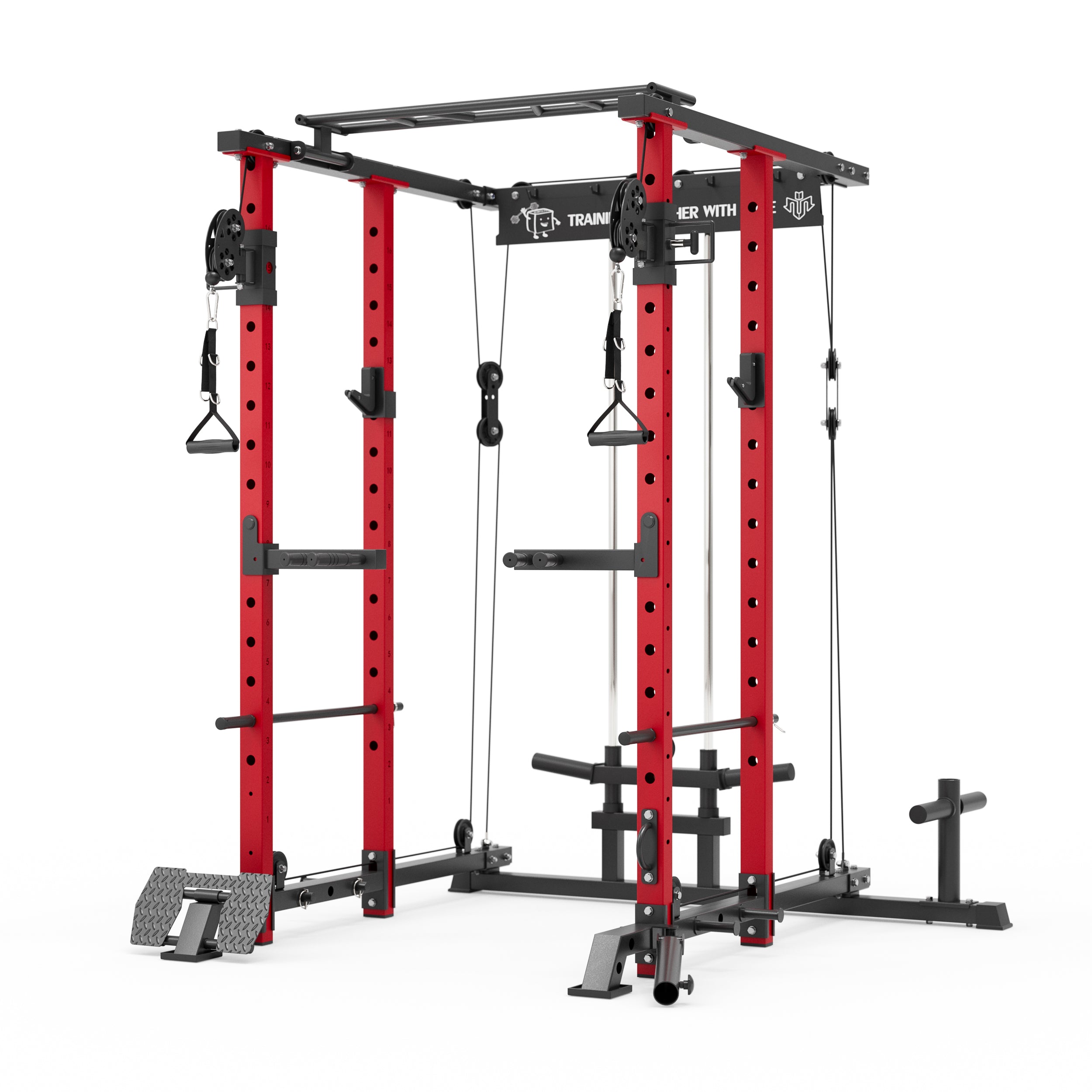
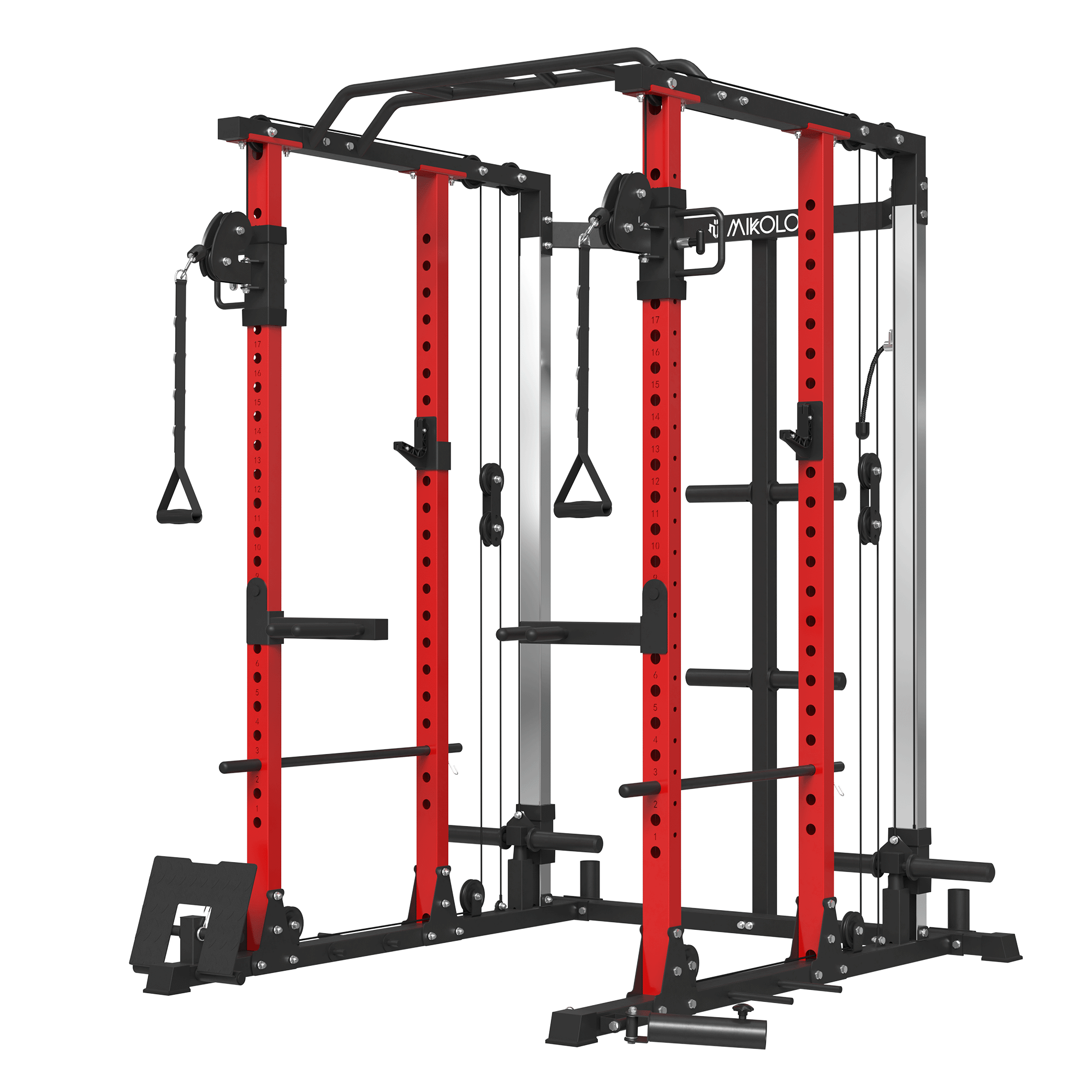
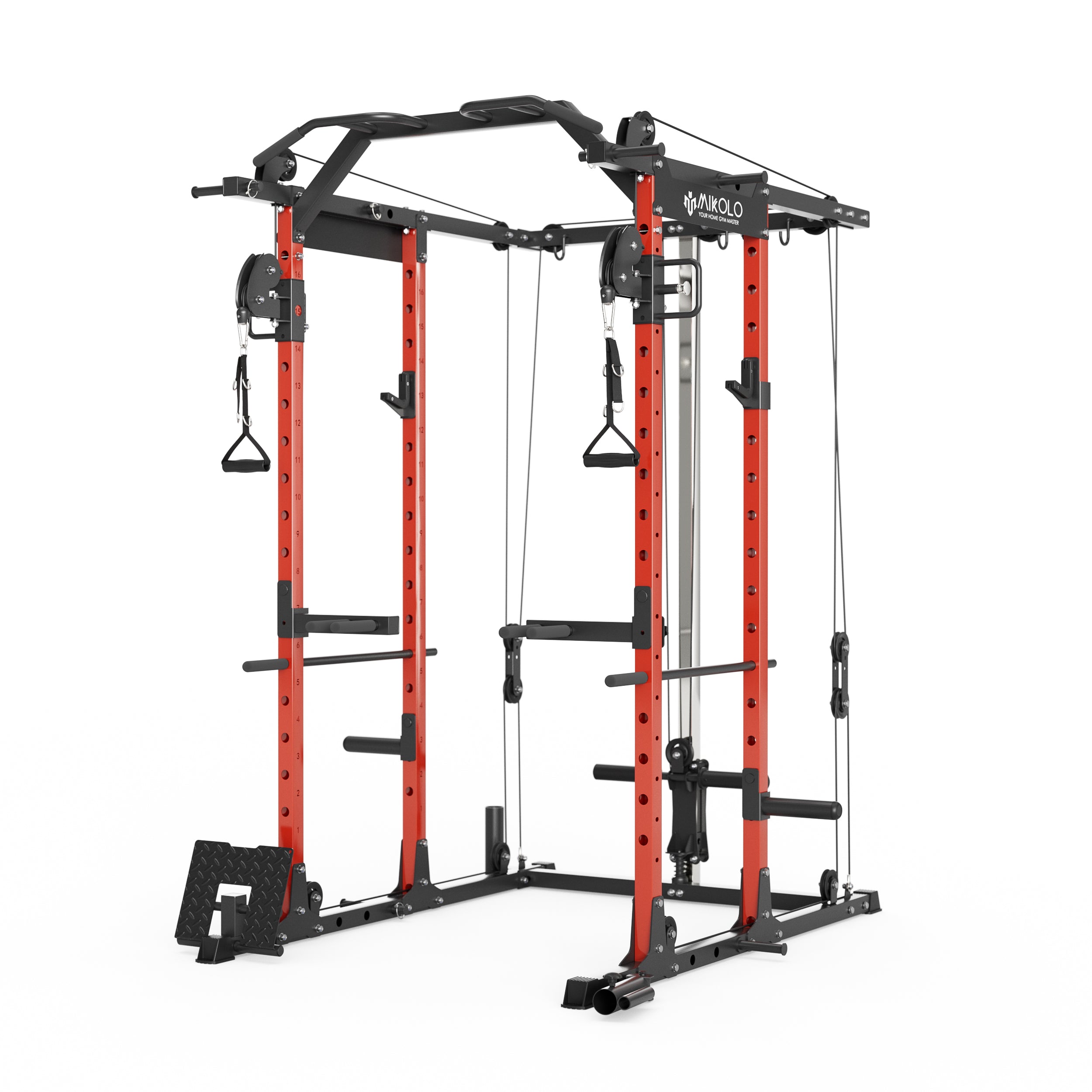
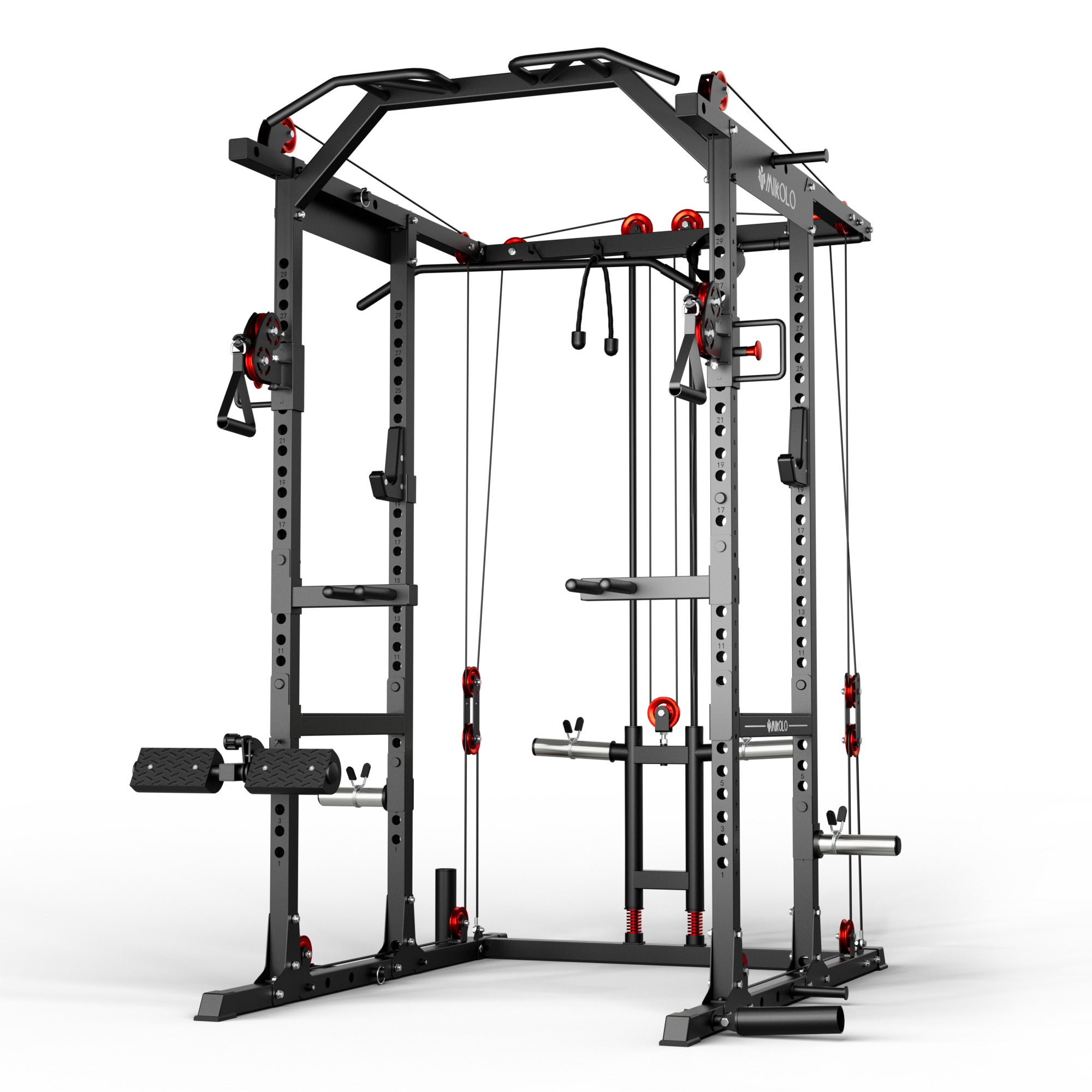
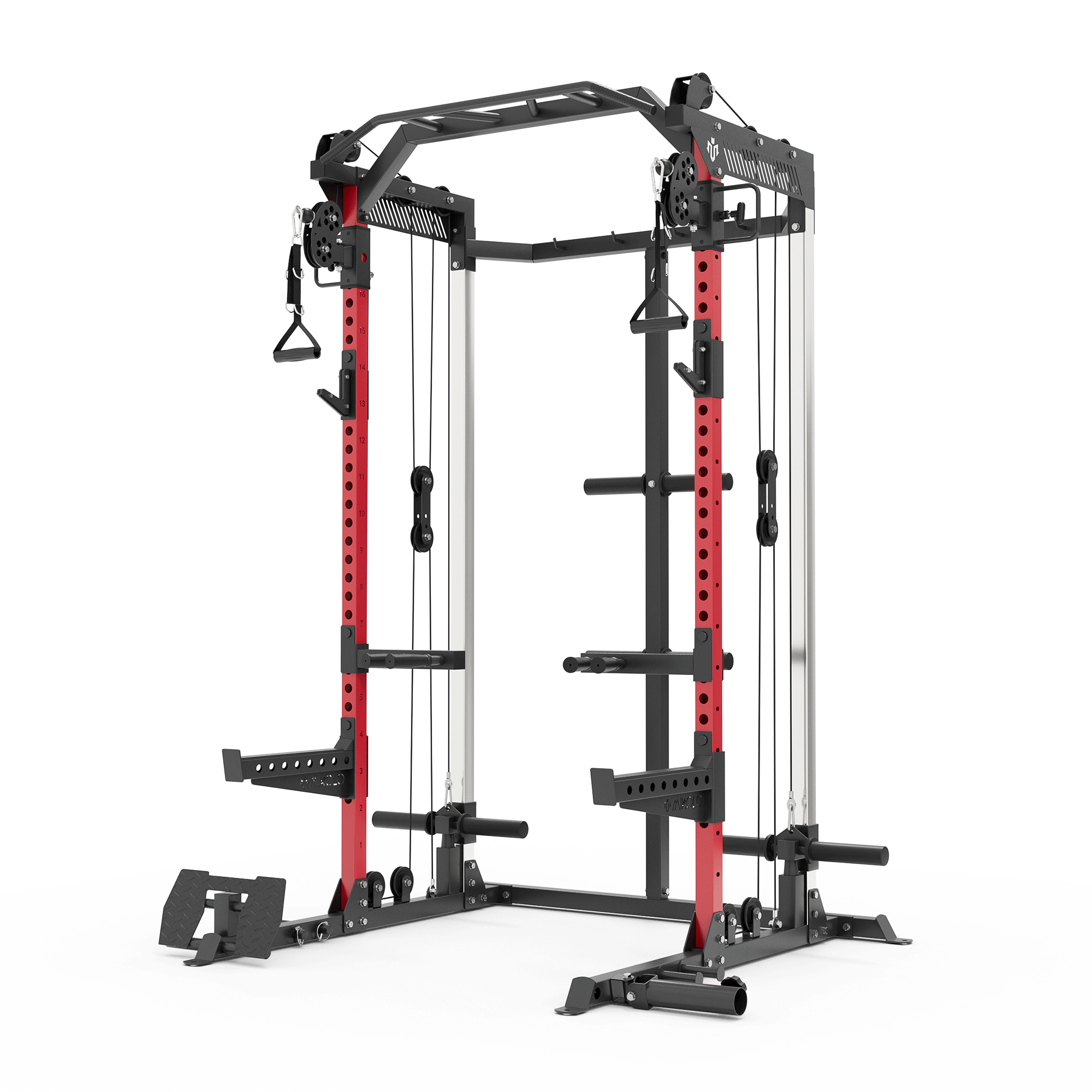
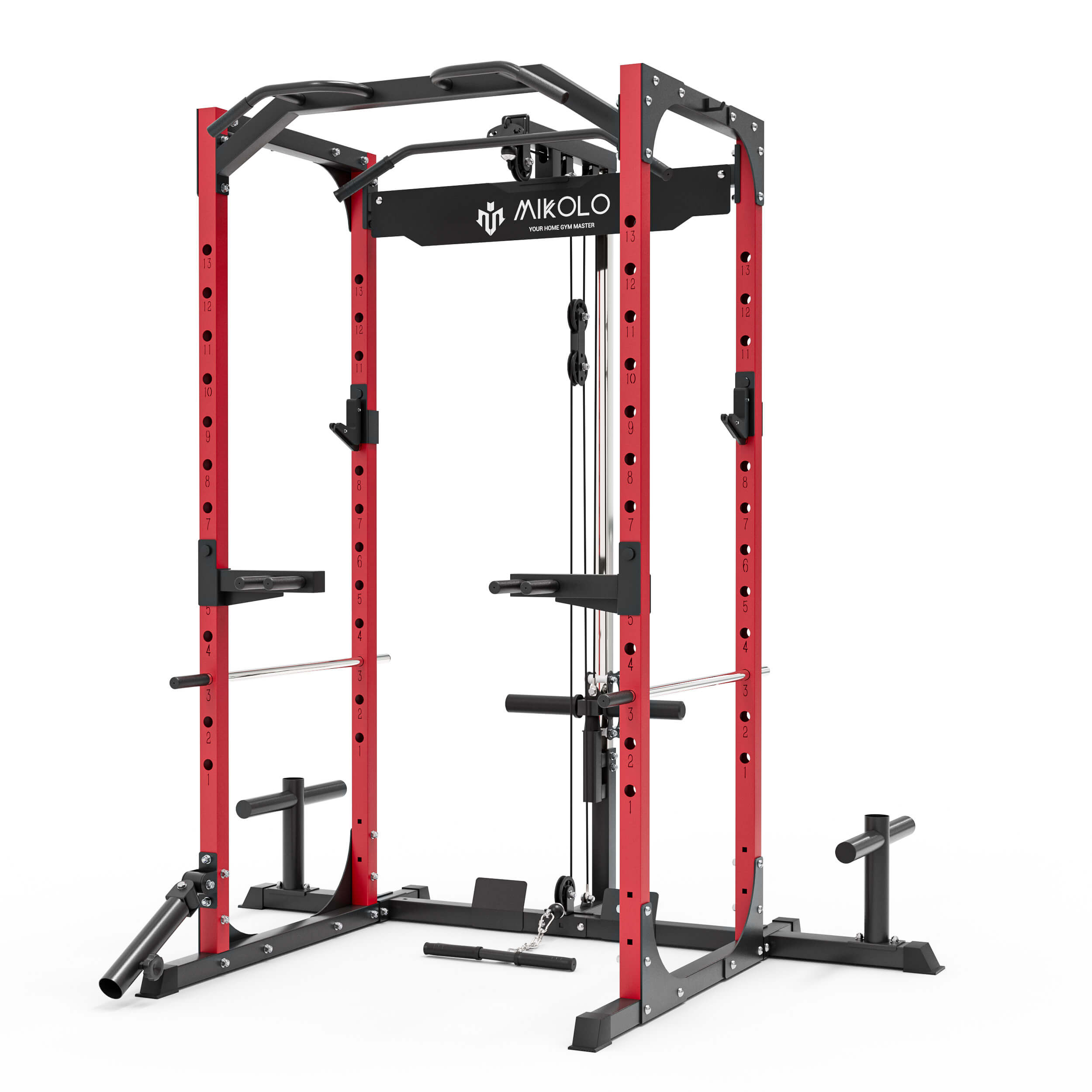
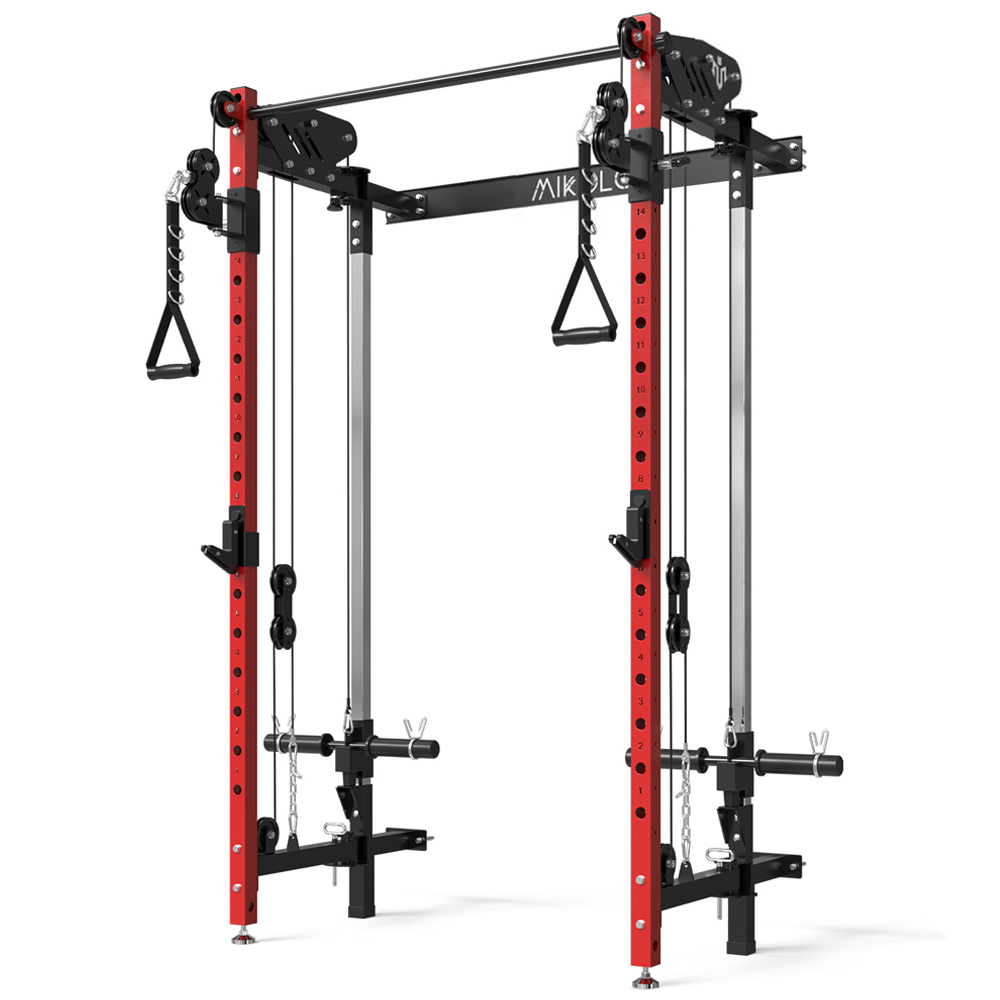
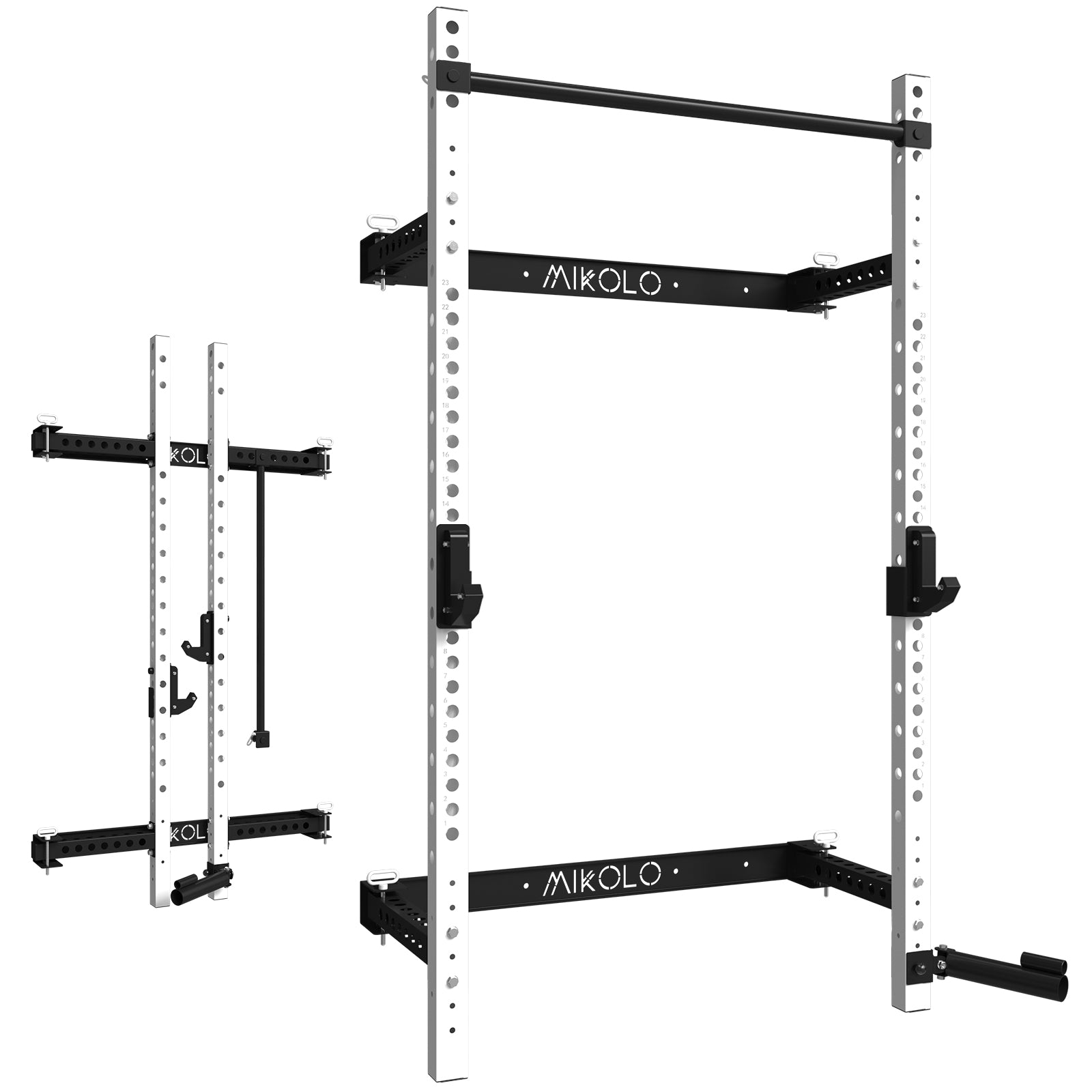
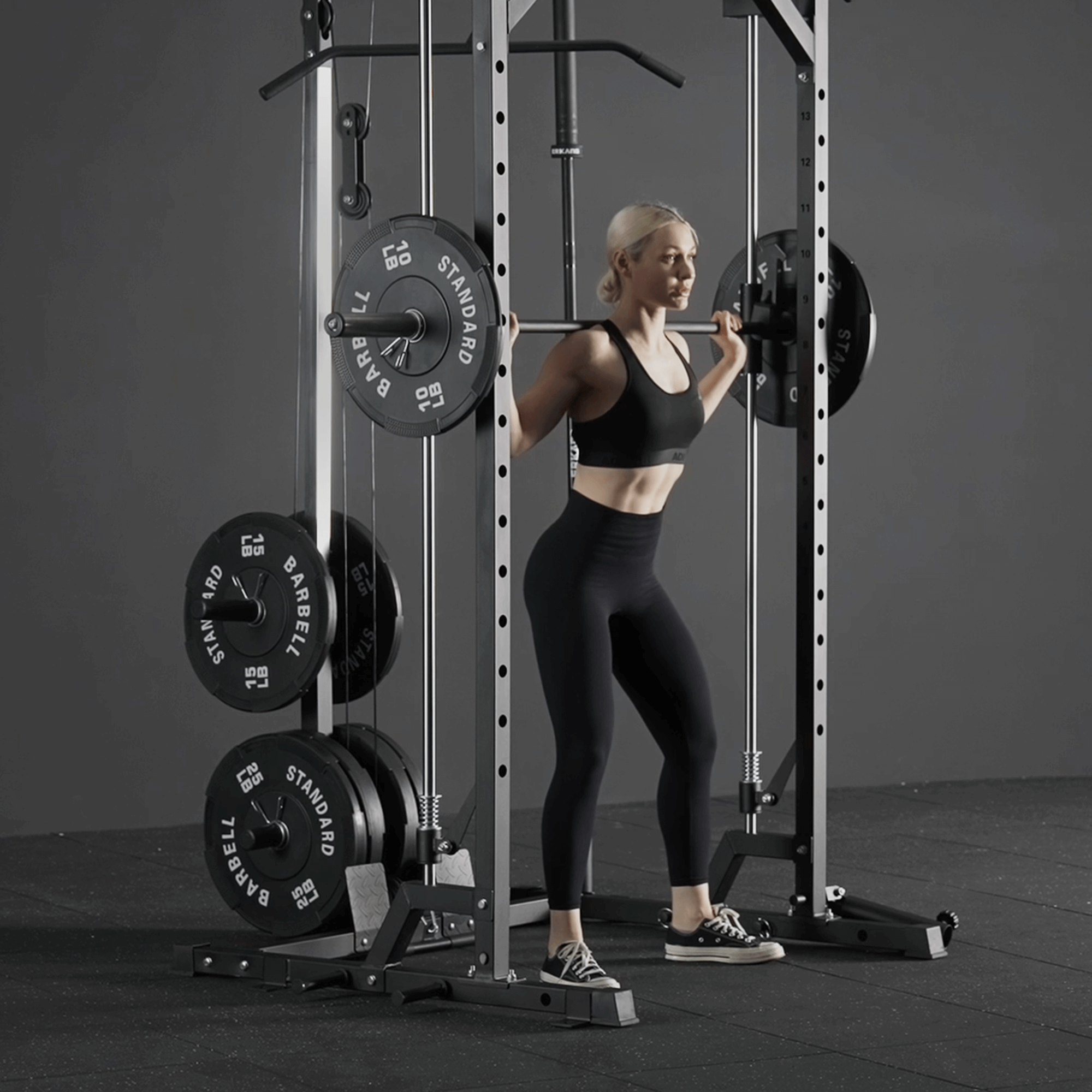
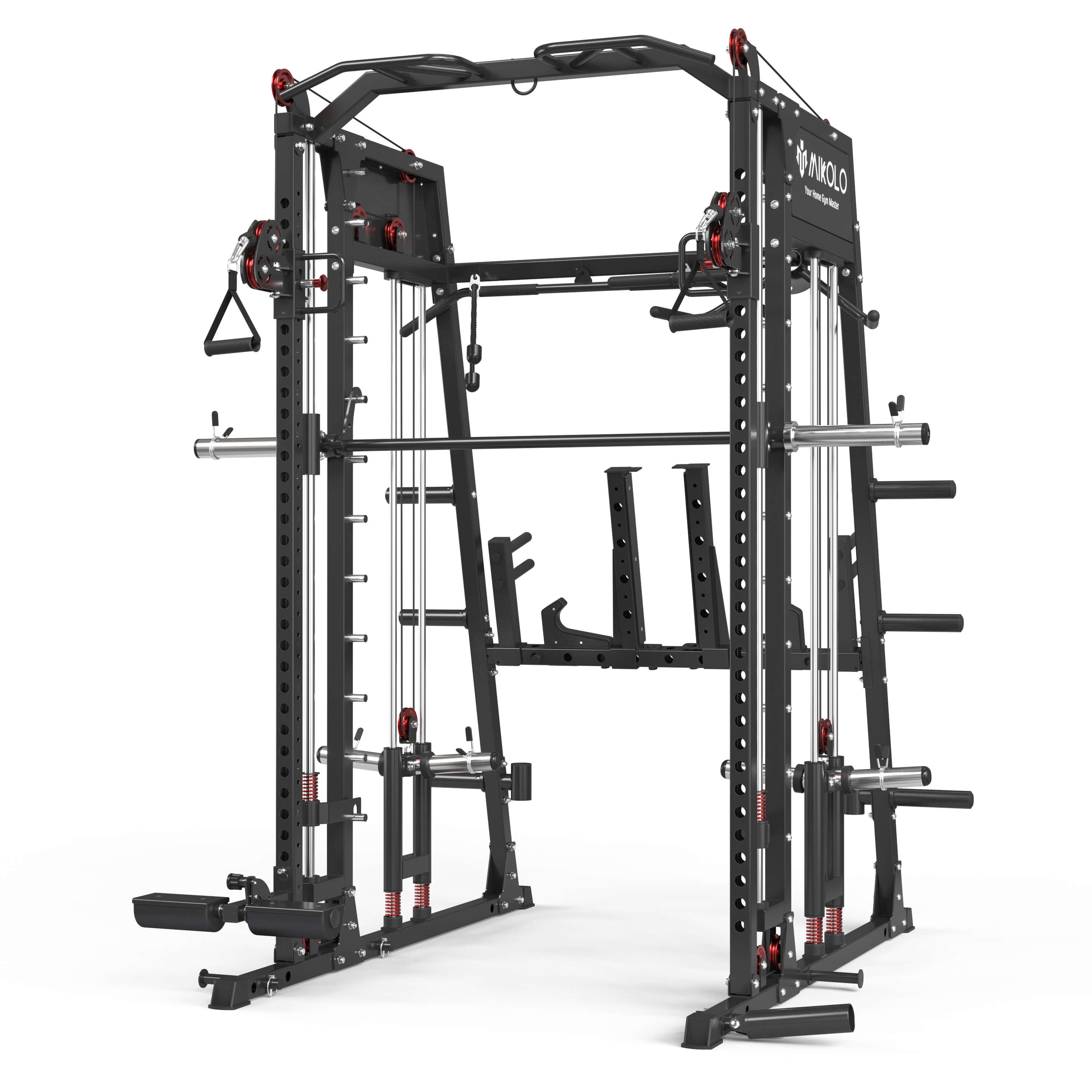

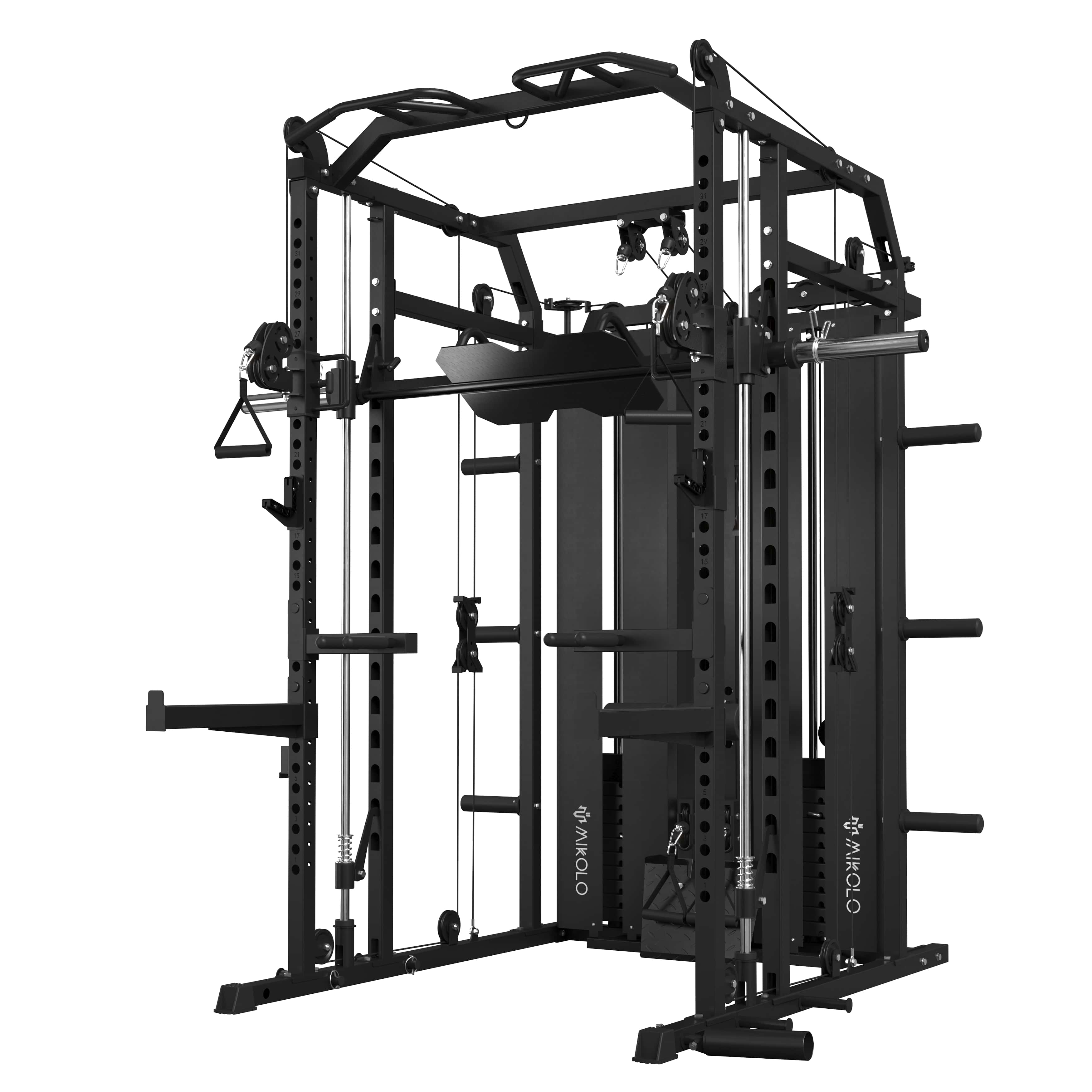
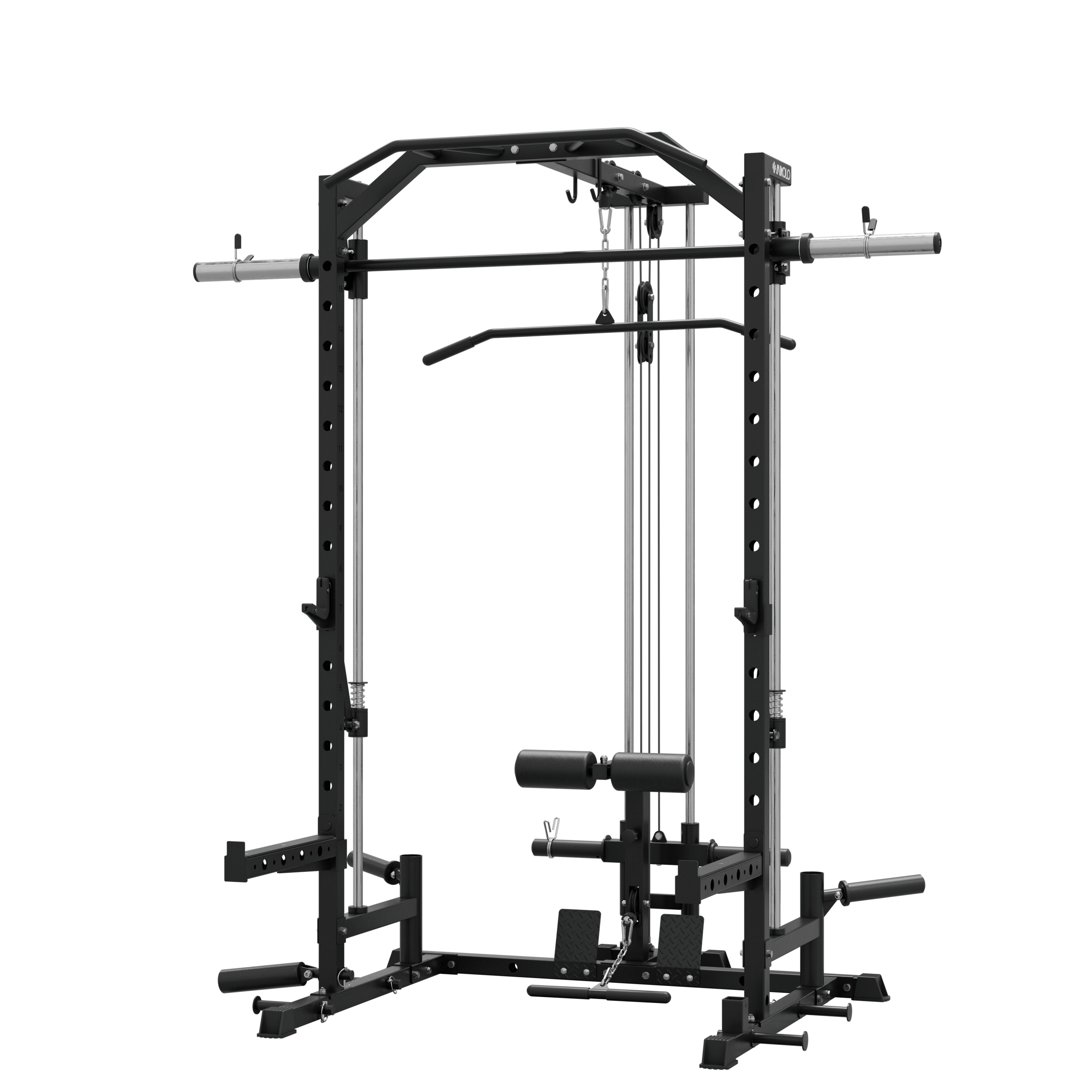
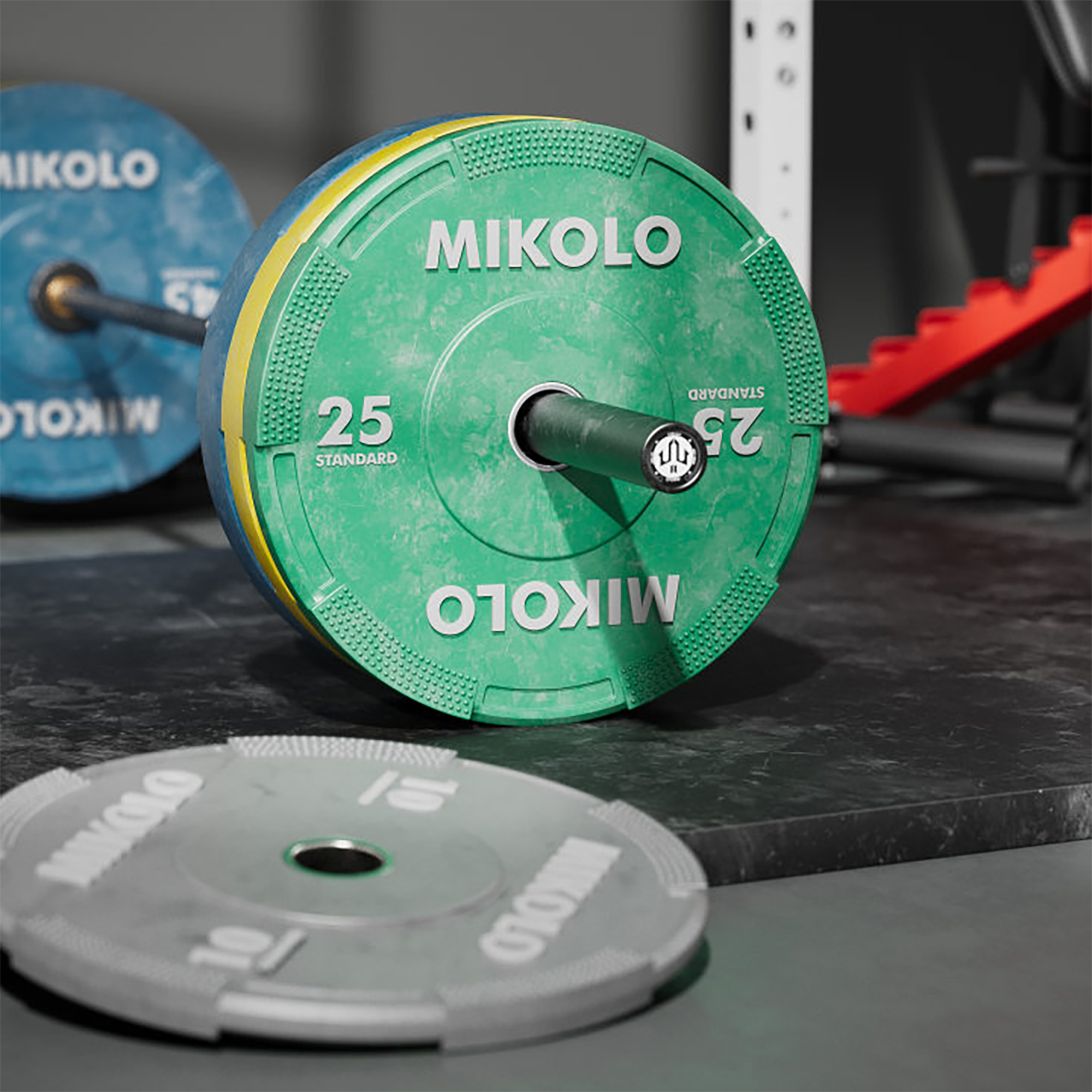
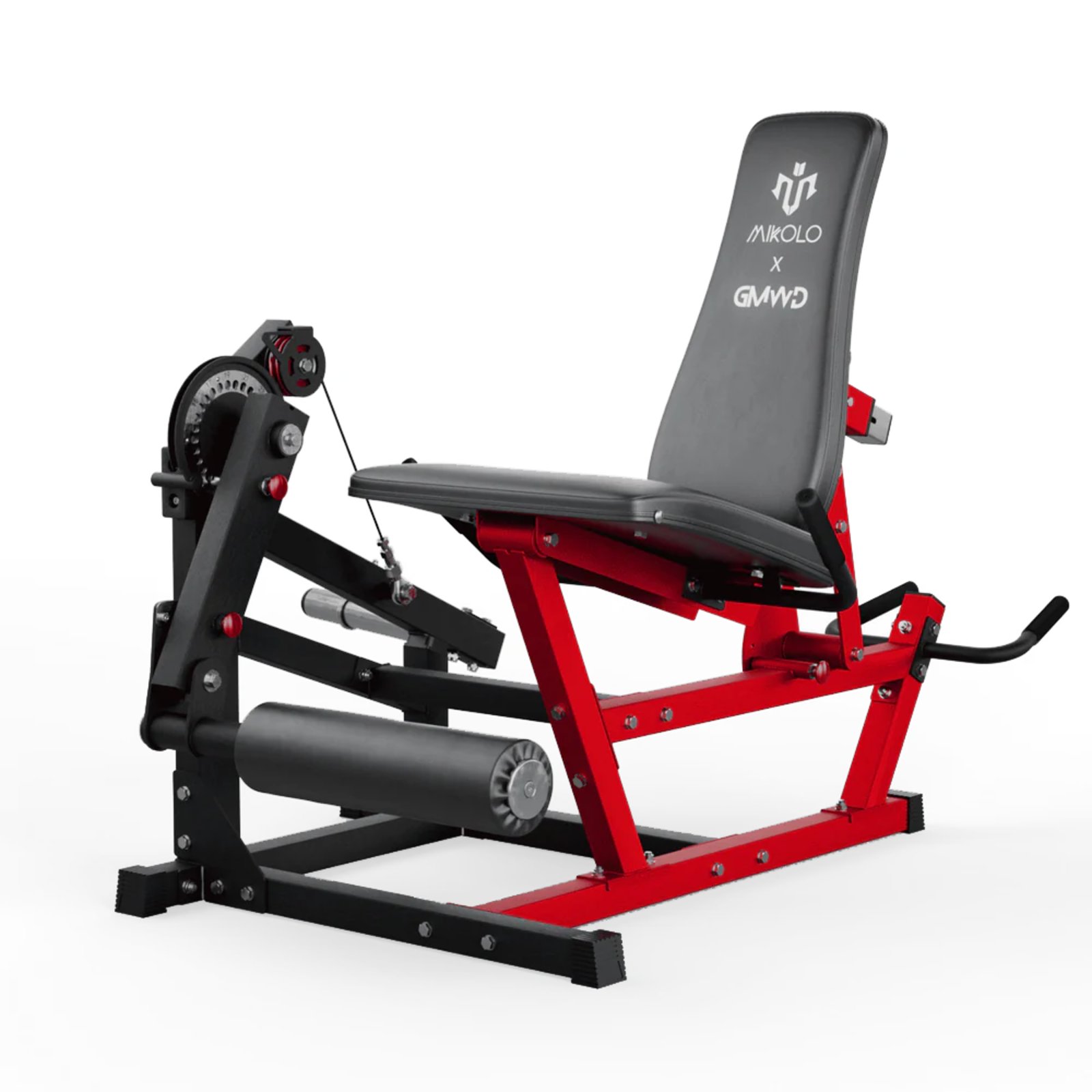
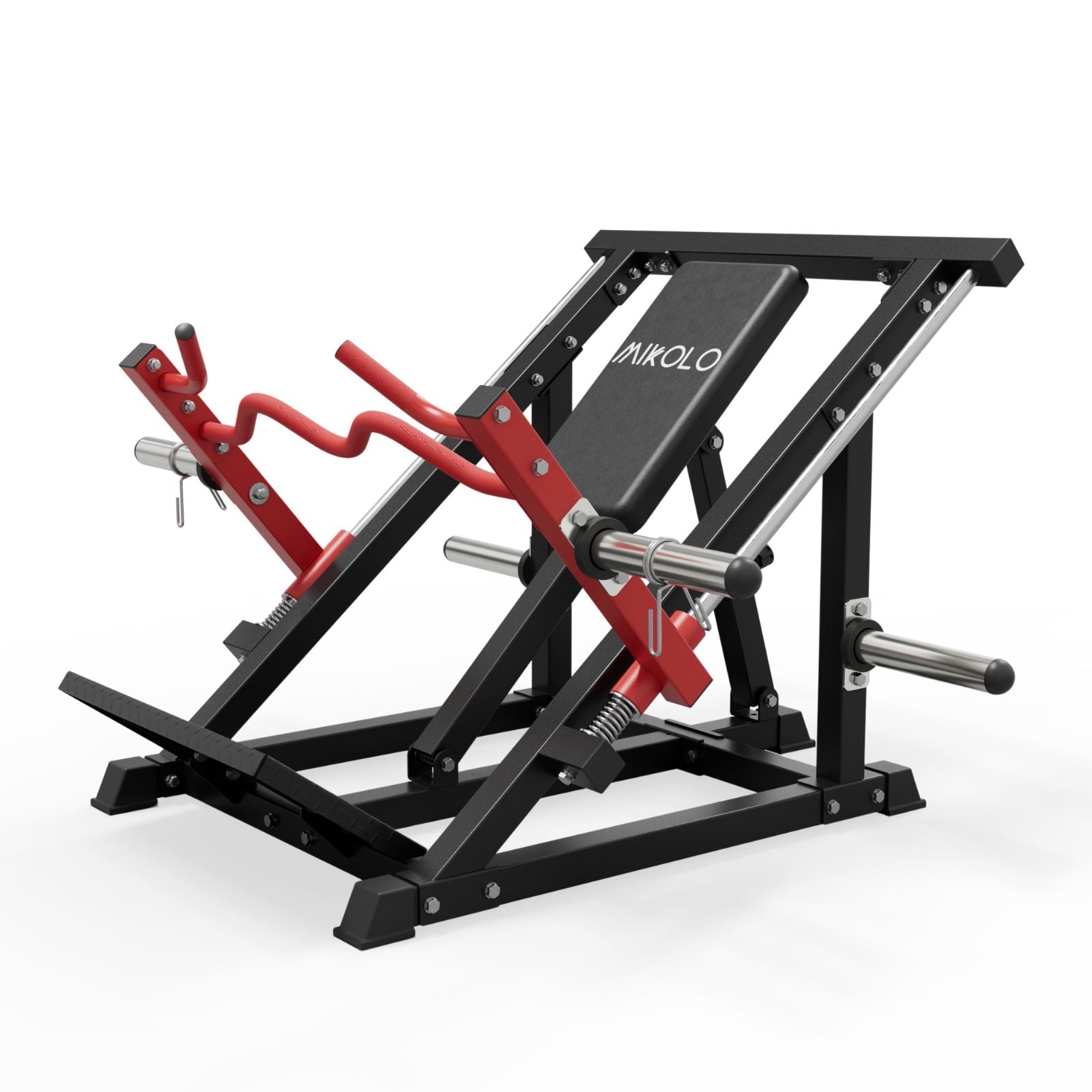
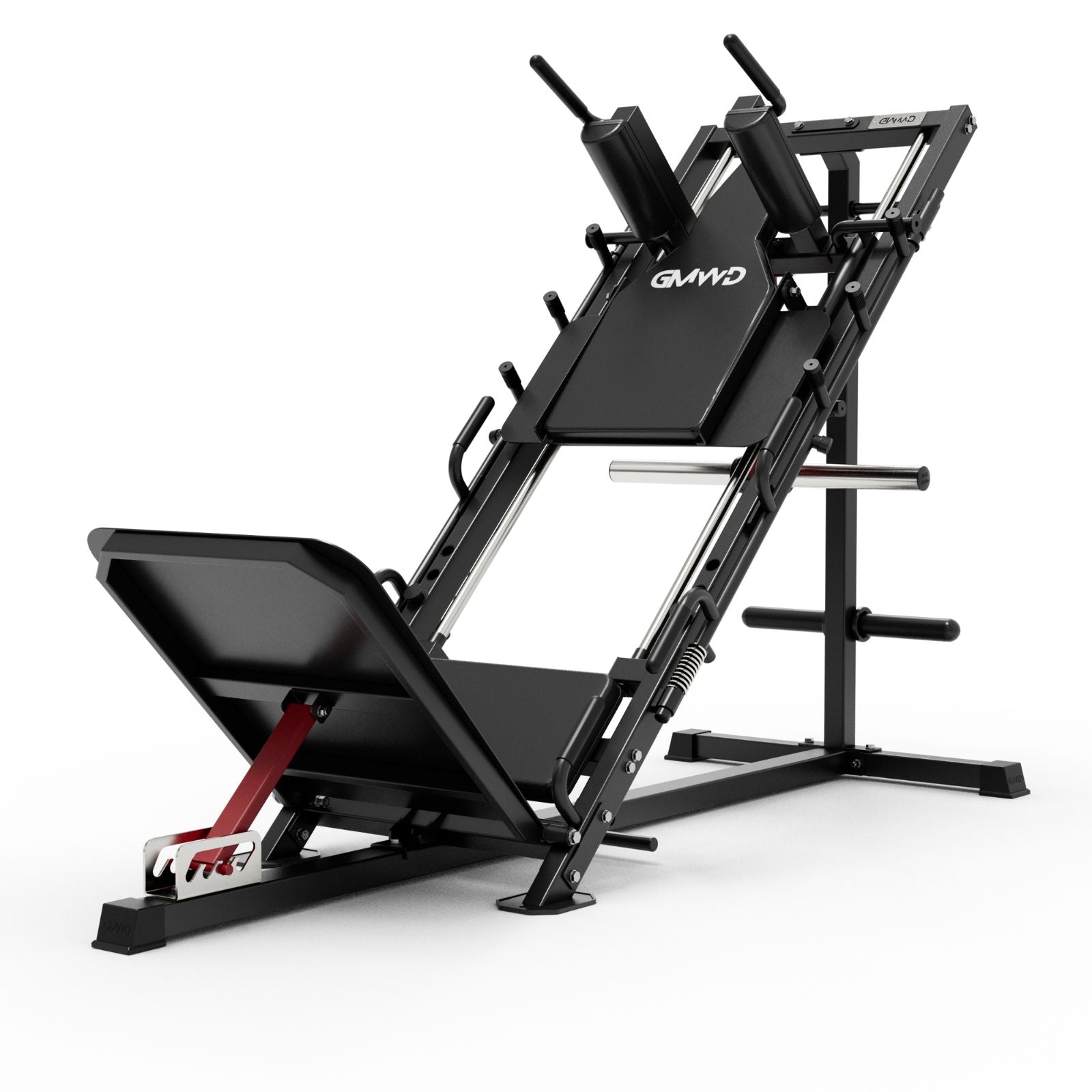
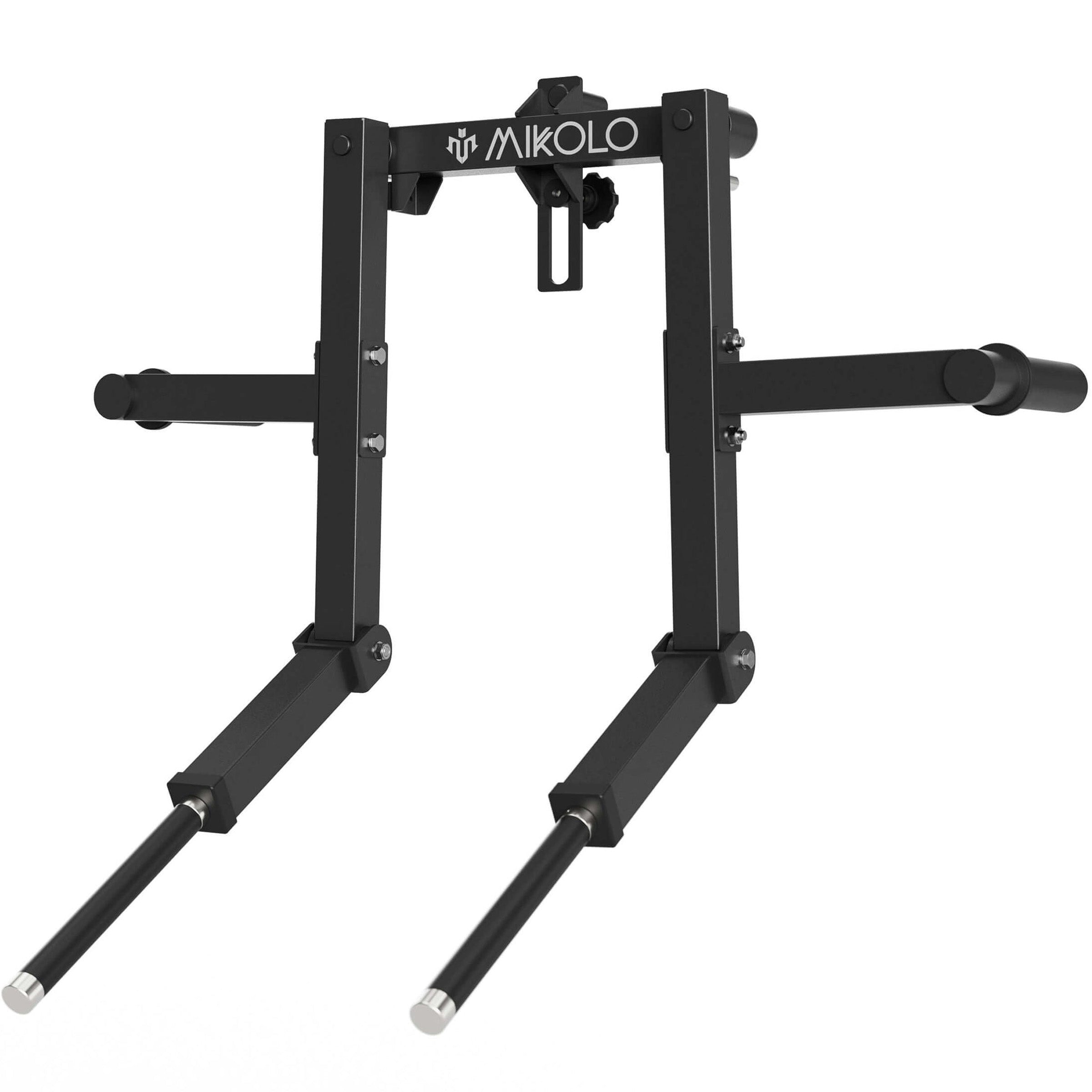
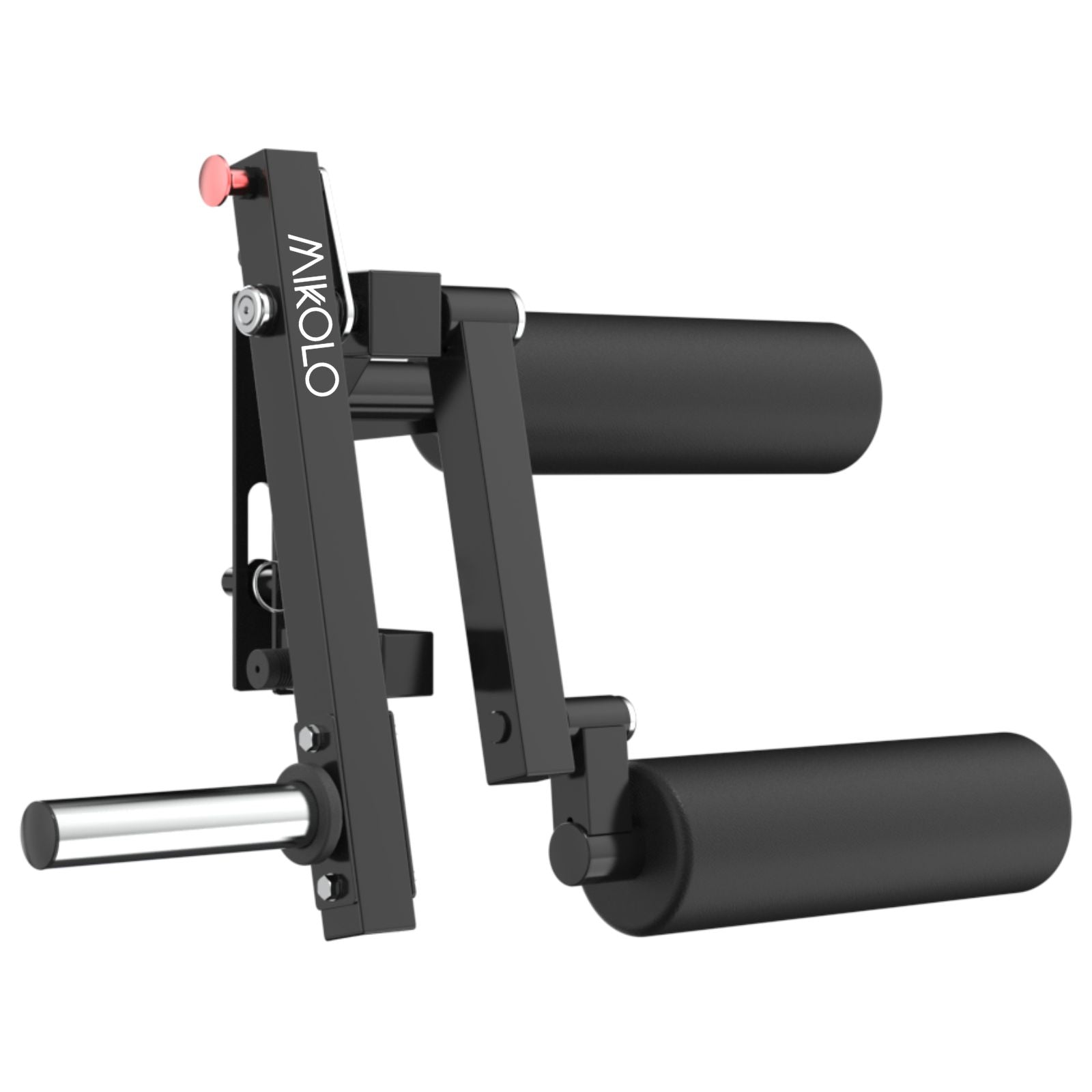
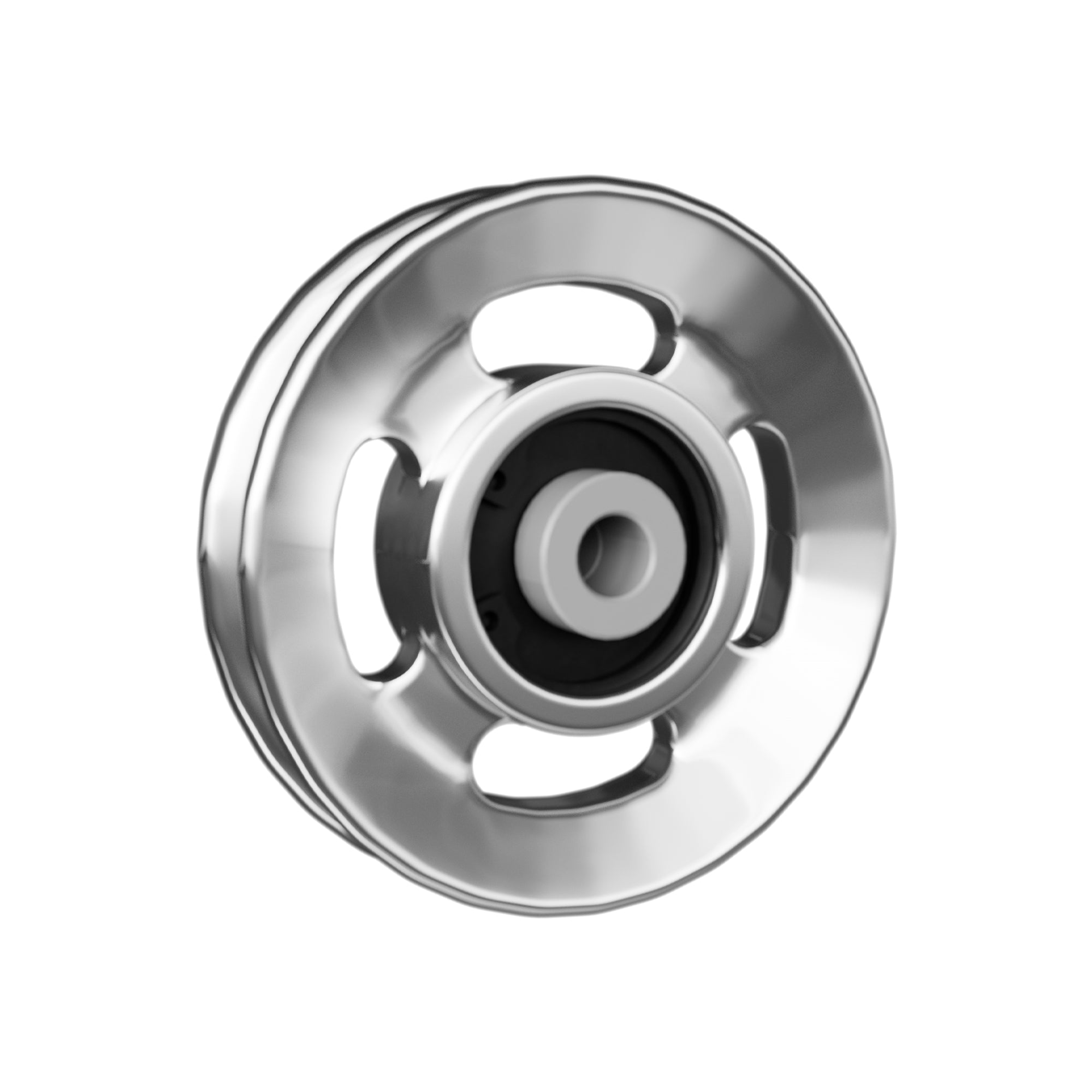
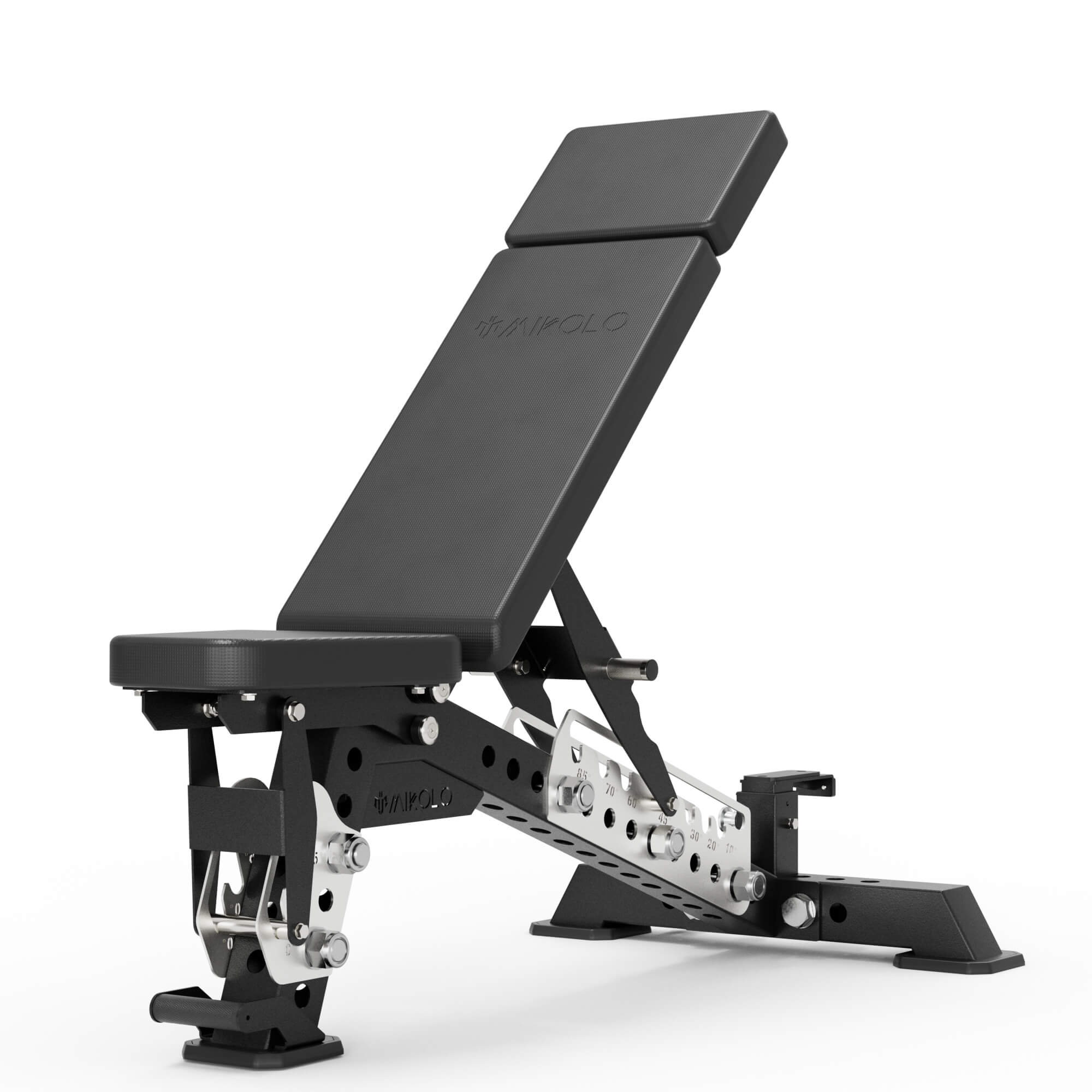
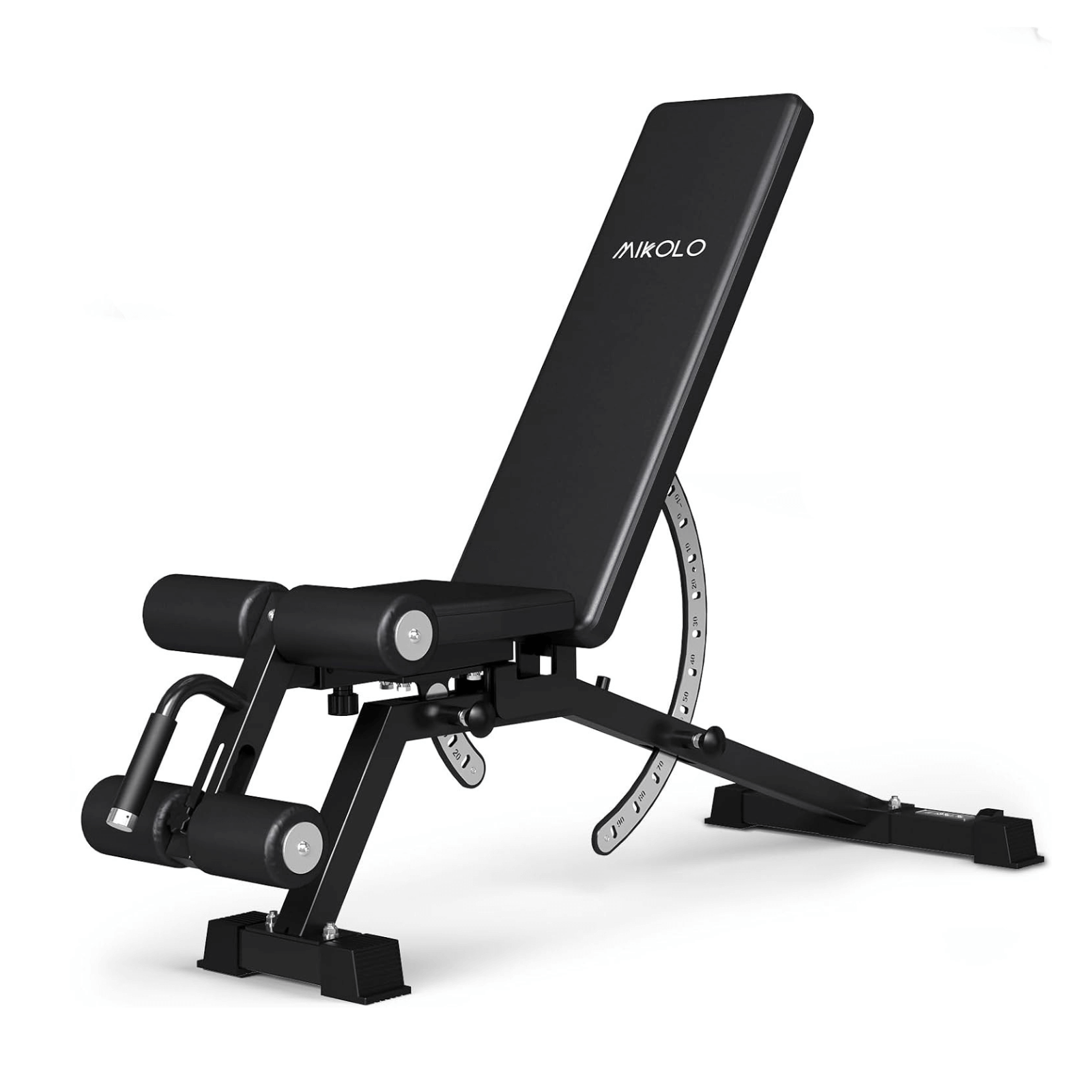
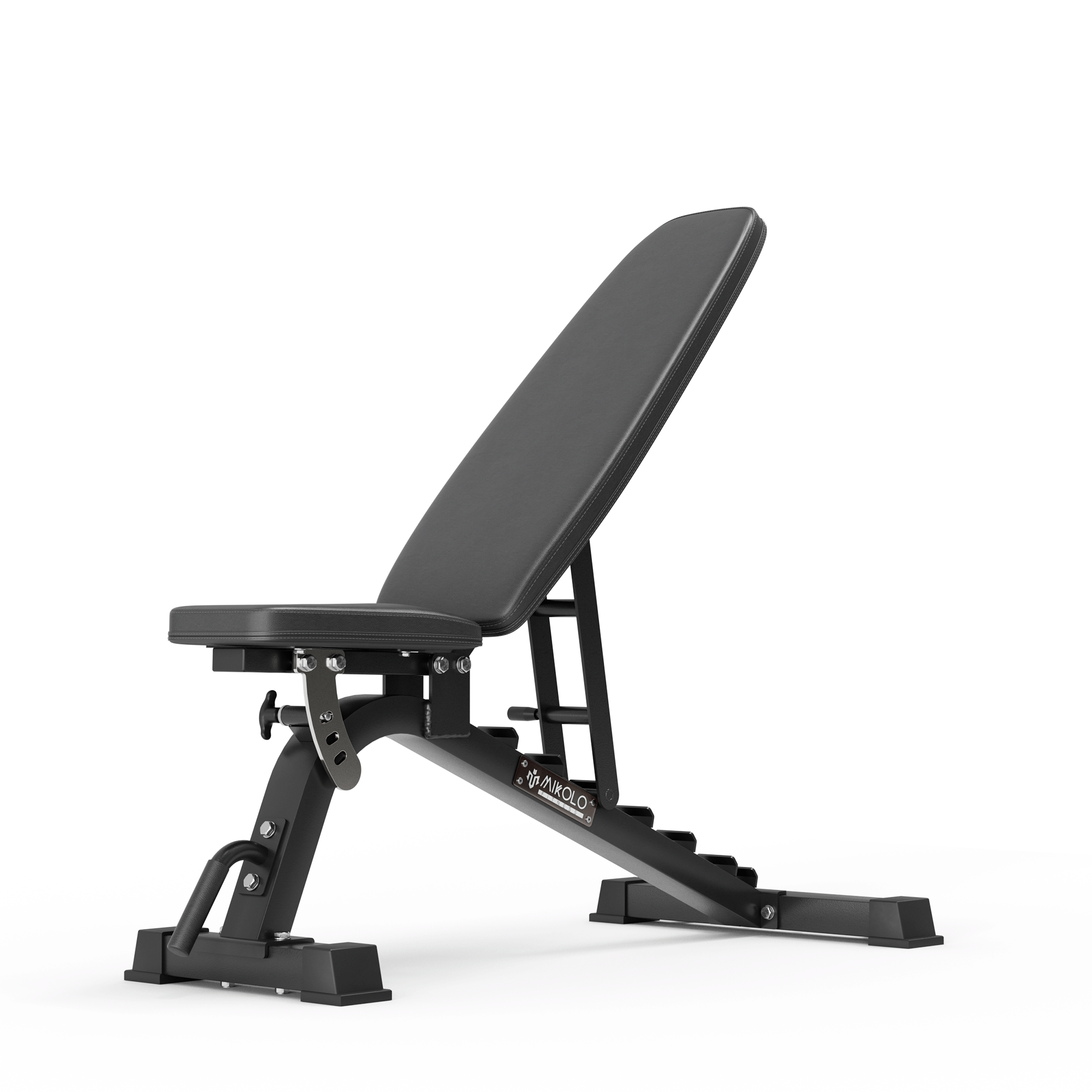
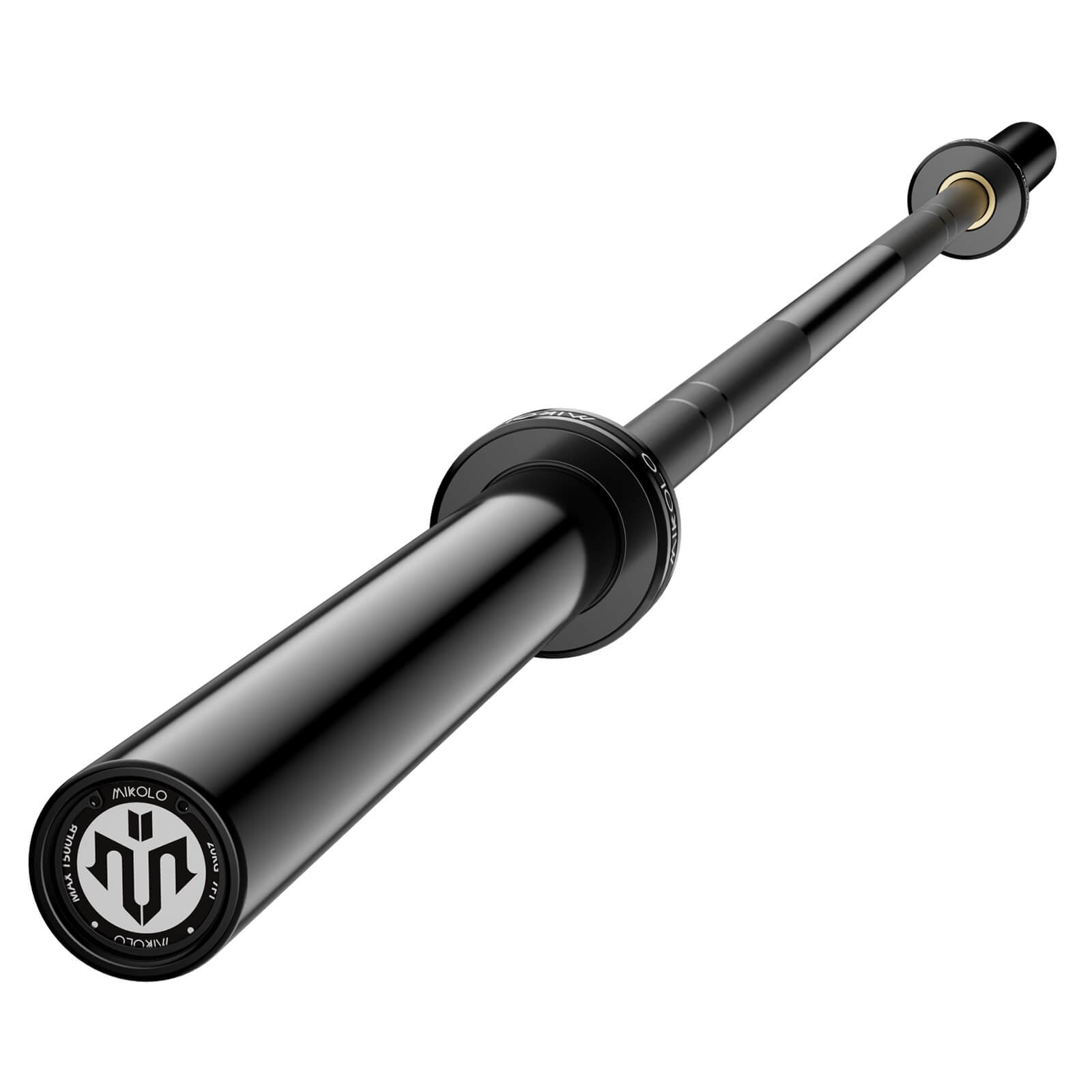
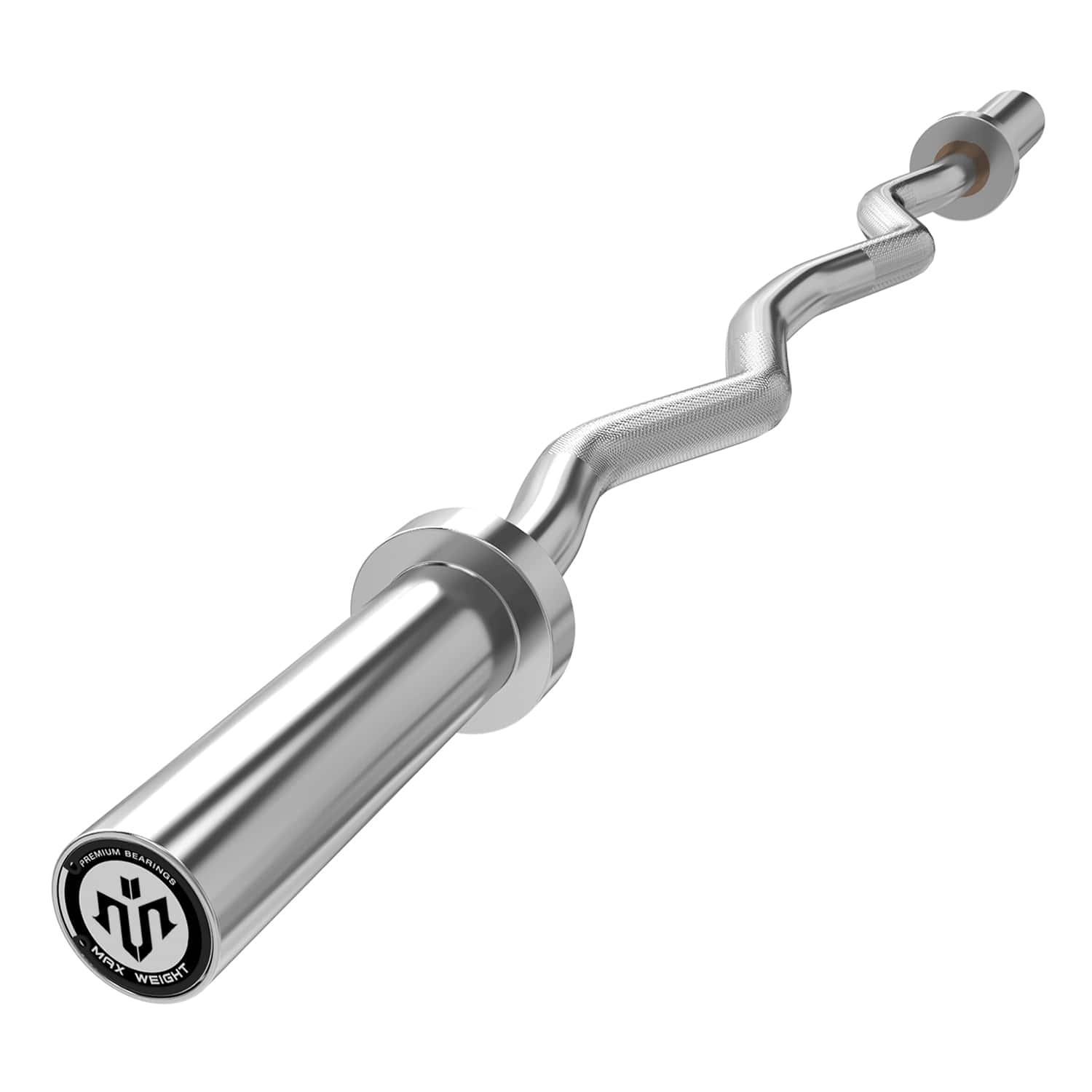
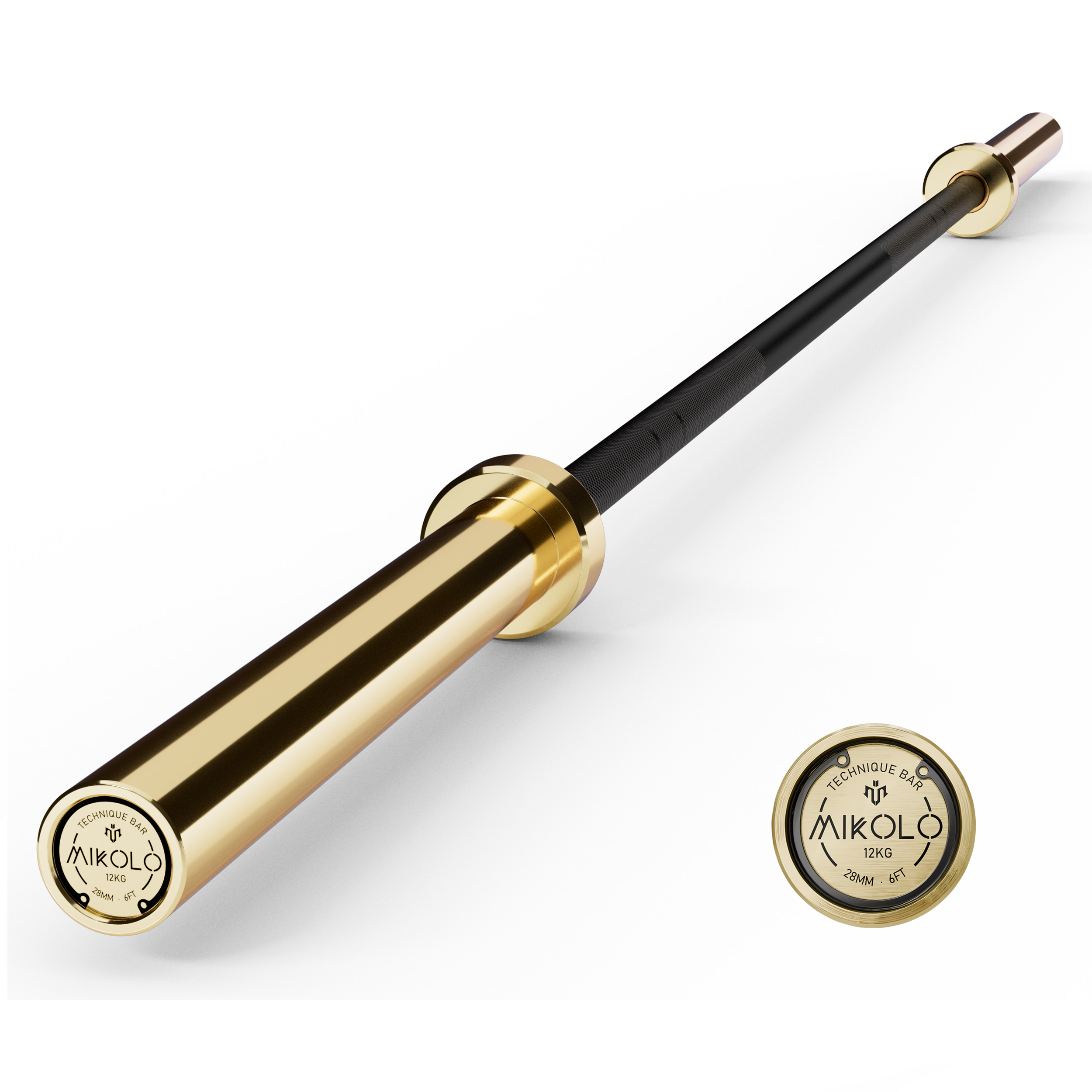
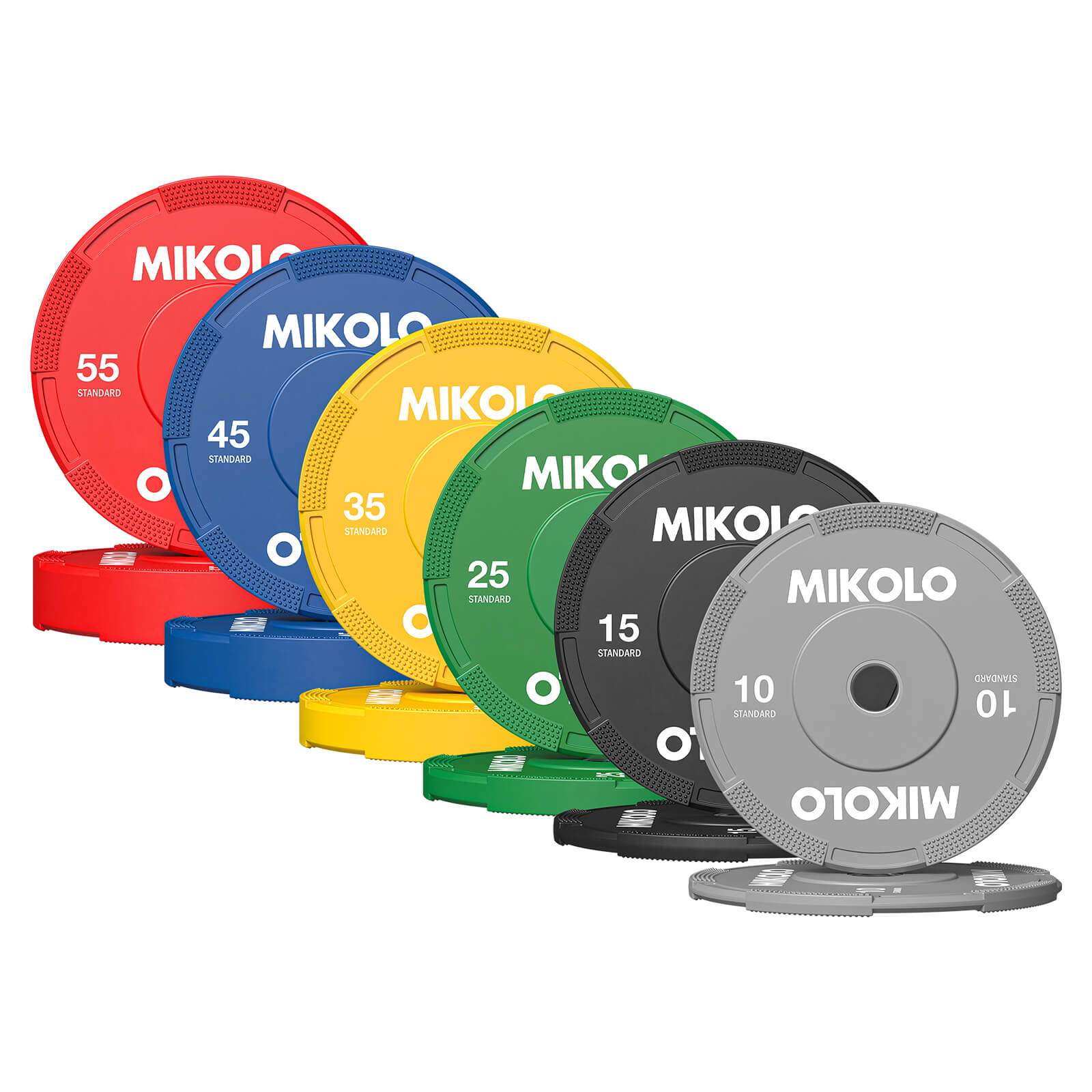
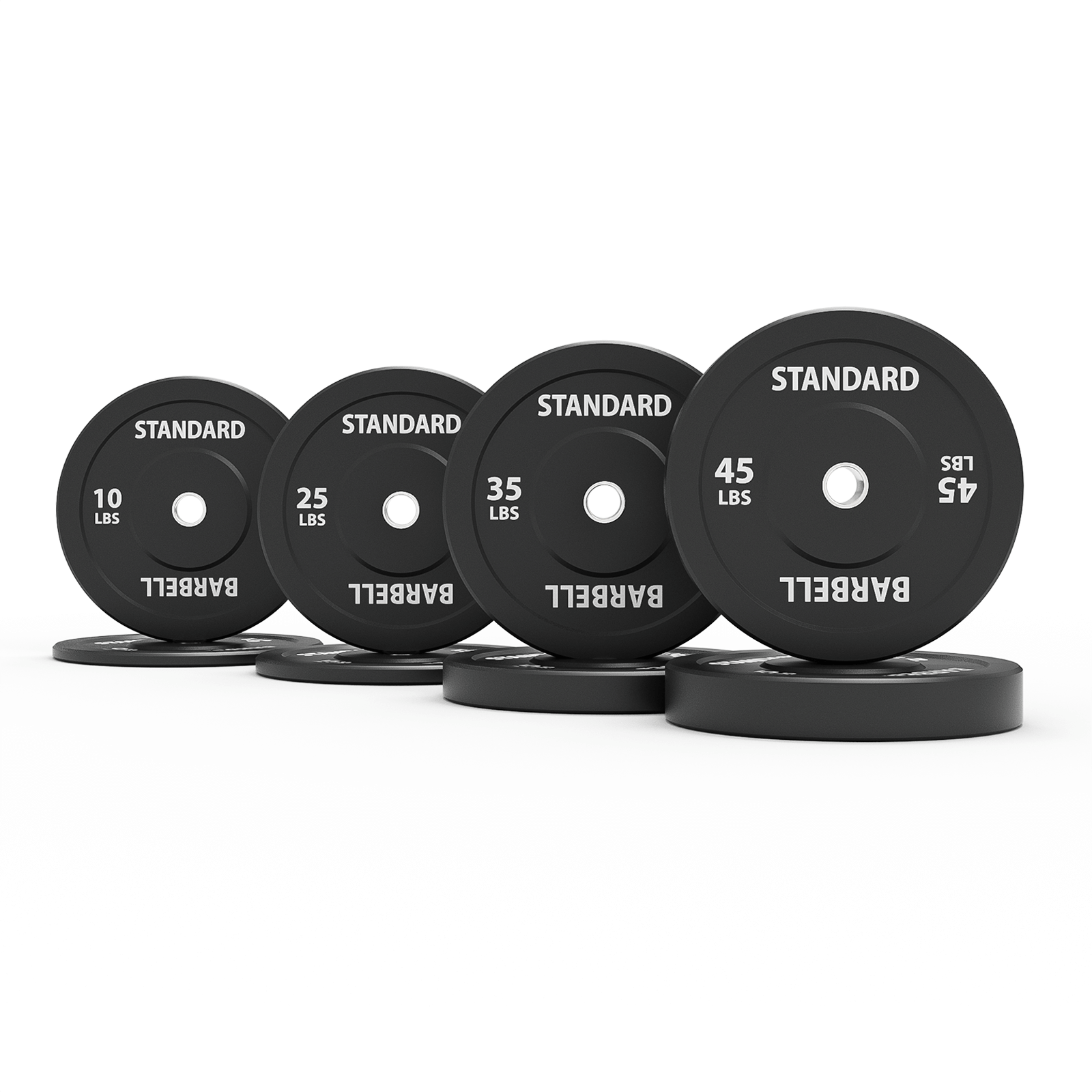
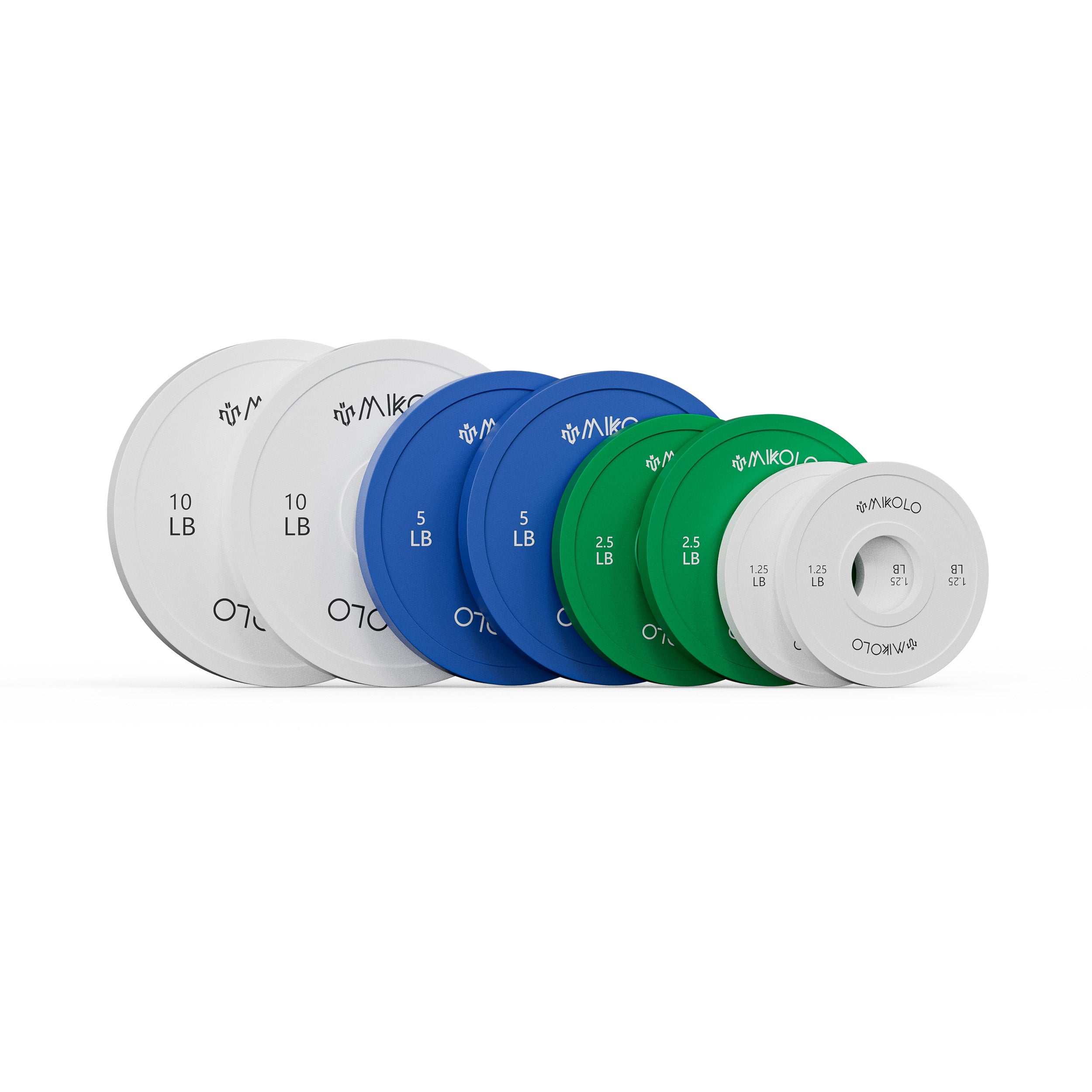

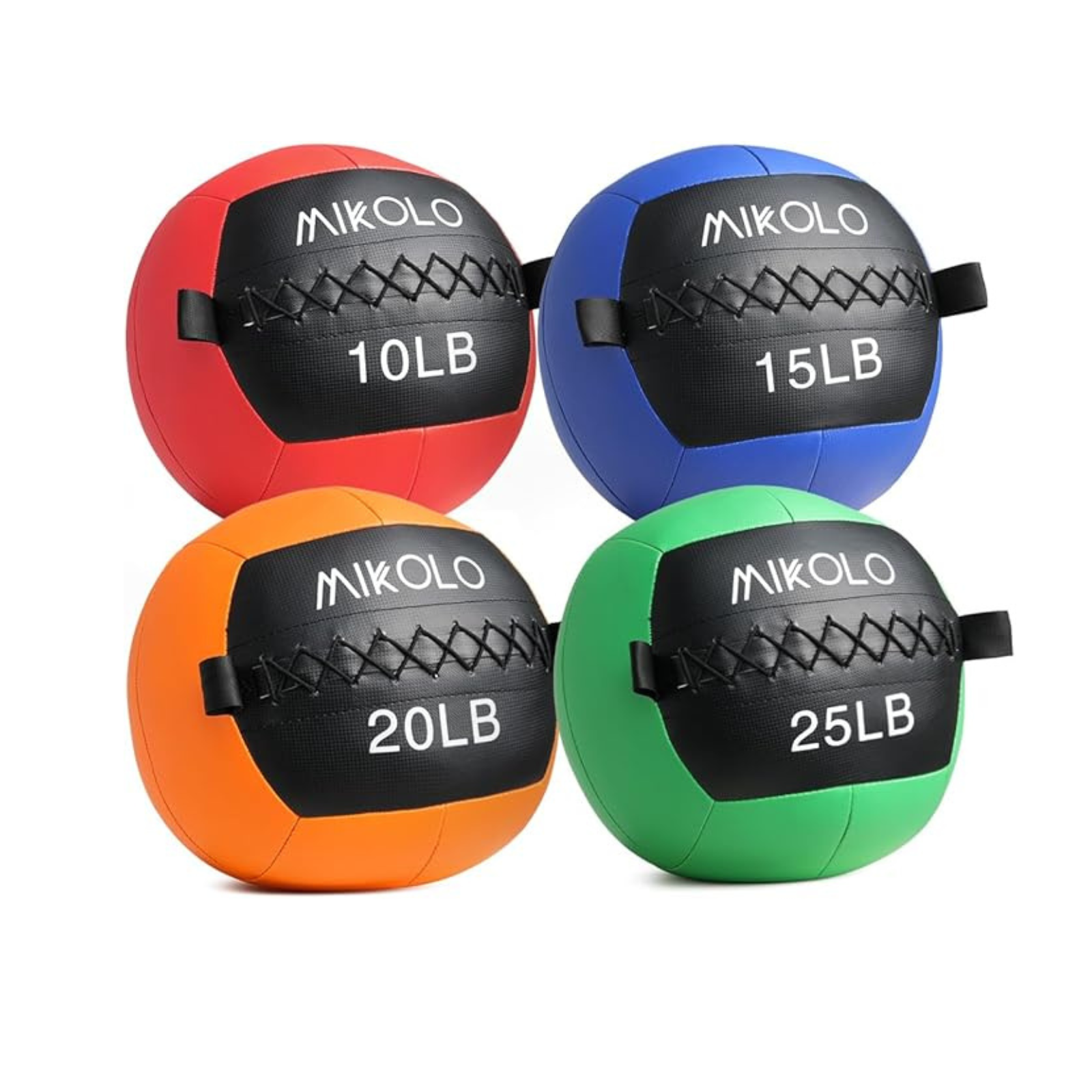
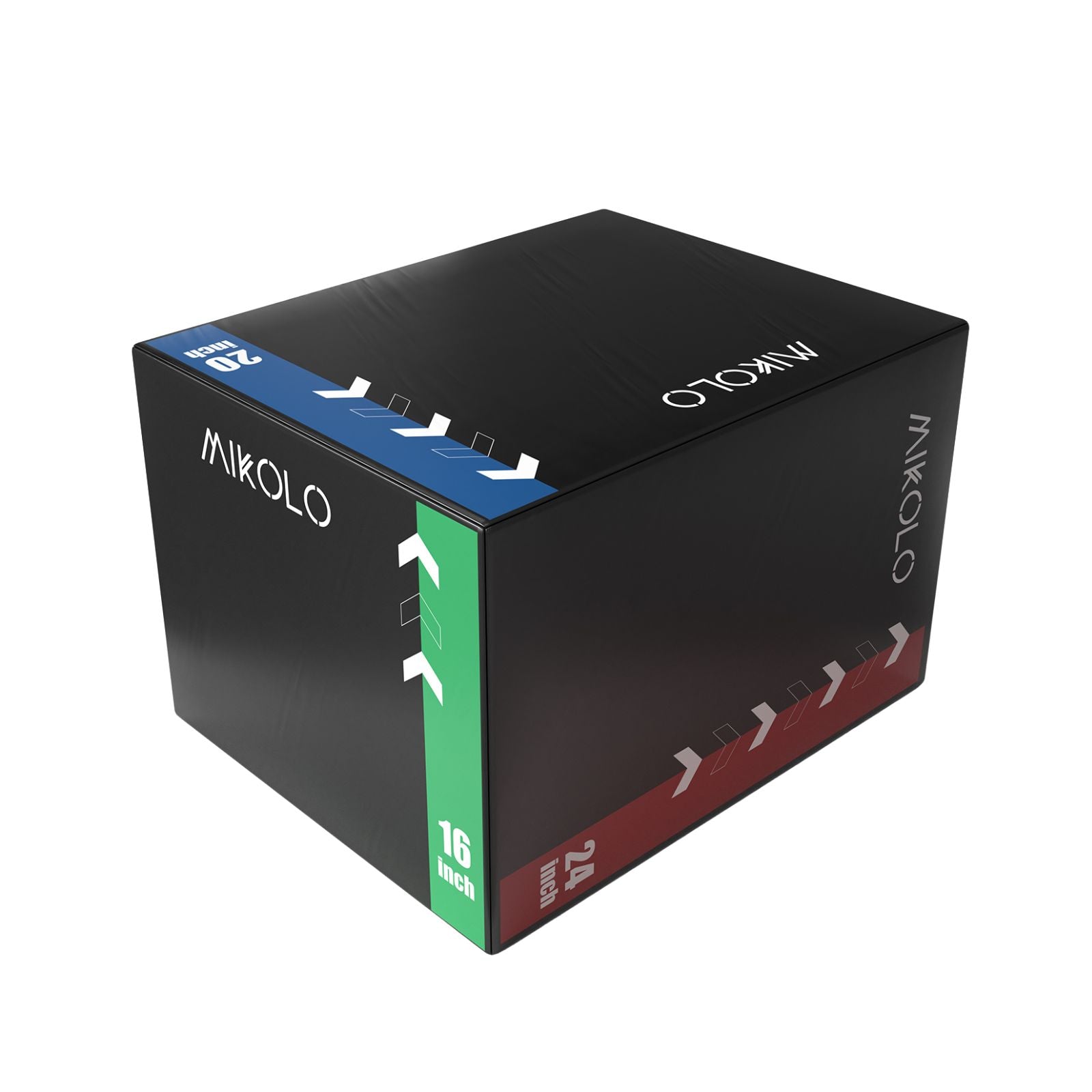
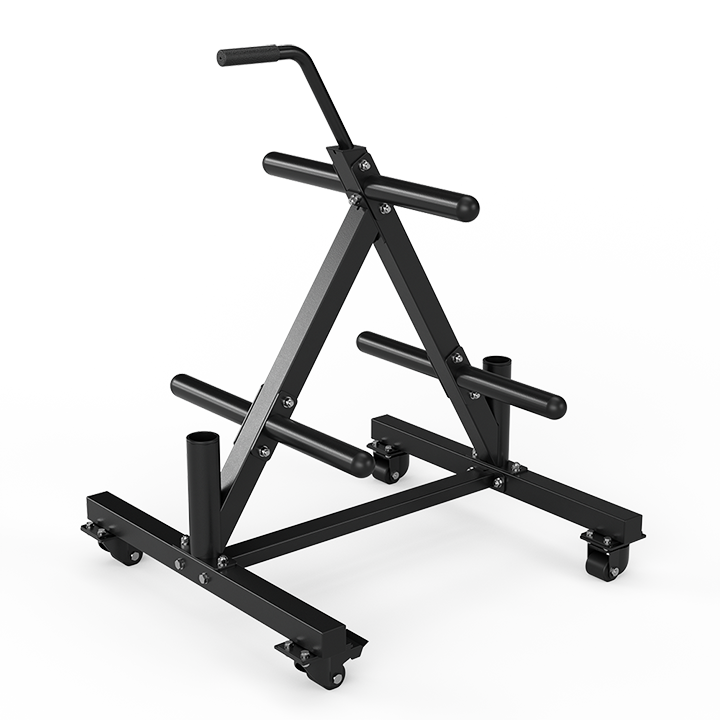
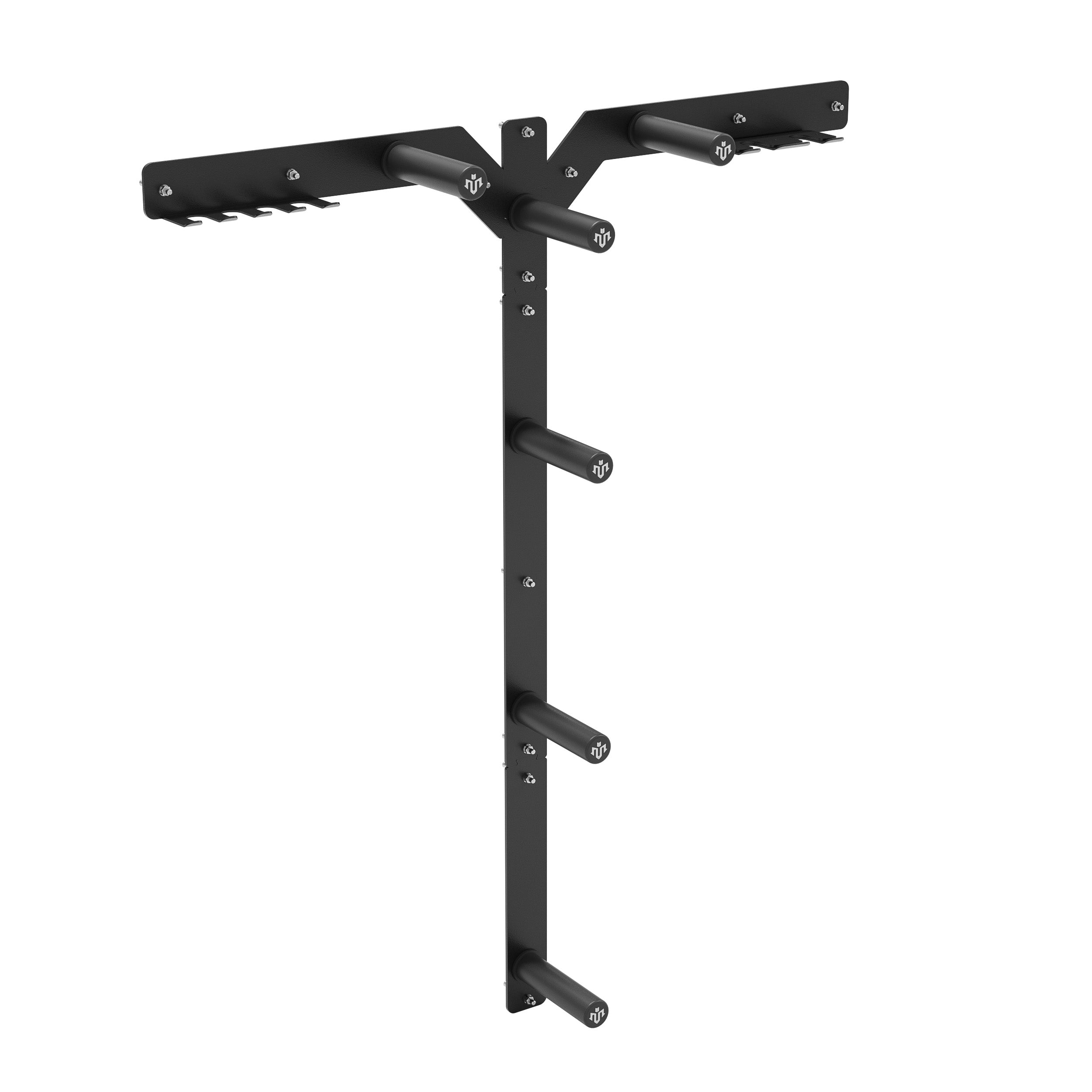
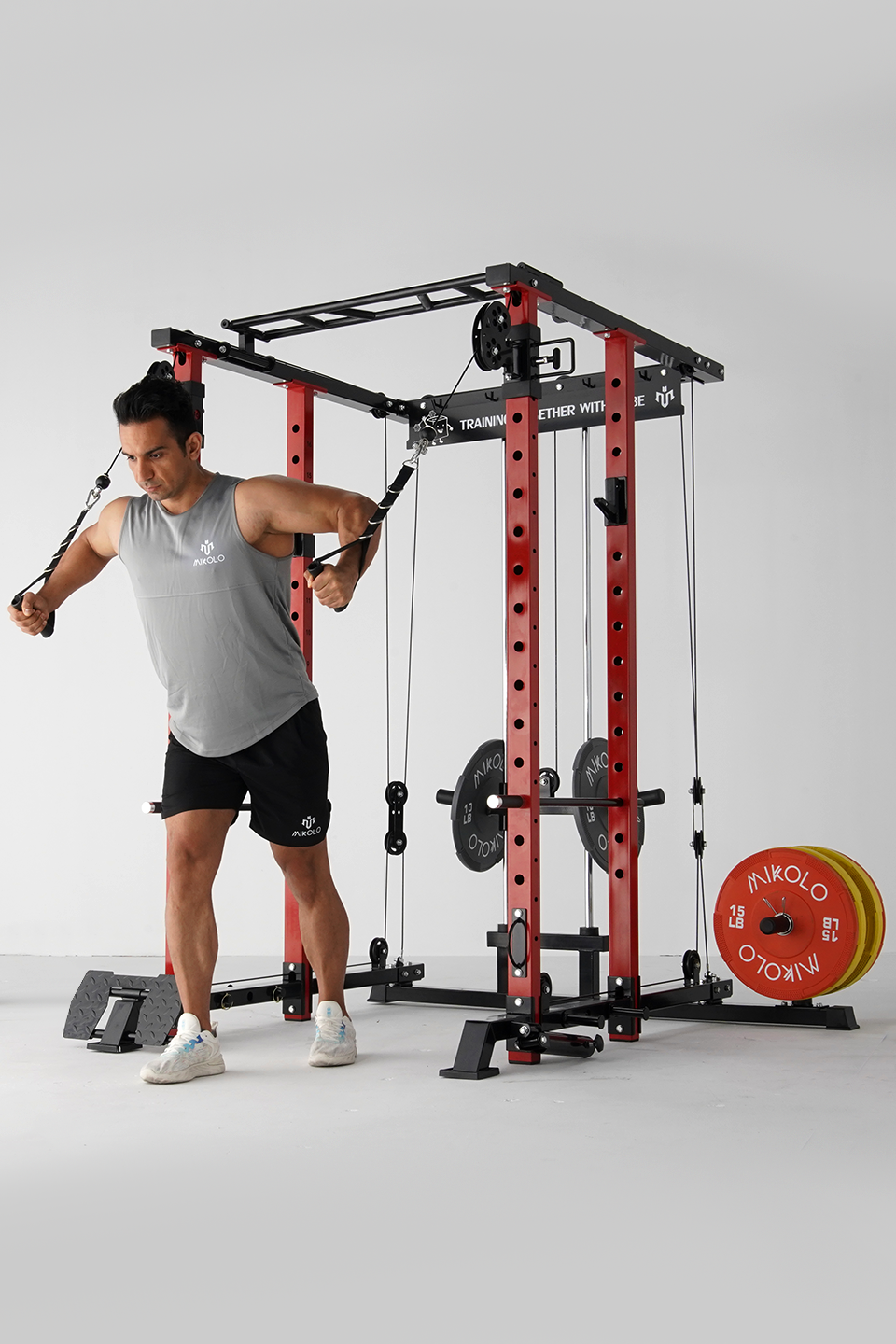



Leave a comment
This site is protected by hCaptcha and the hCaptcha Privacy Policy and Terms of Service apply.